Very late in the thread......
Iconic boat, beautiful builds.
Wow, even a picture of Ellie included in one of that crusty "Torpedoman's" build photo's always brings it home for me with a bit of nostalgia...........
So with my very own NAUTILUS is on it's way from the DeBoer EB Yards out of South Dakota , I of course paid close attention to this thread gathering all the research information I could. Sounds like I need a set of Jim's talked about blueprints as well...source anyone?
, I of course paid close attention to this thread gathering all the research information I could. Sounds like I need a set of Jim's talked about blueprints as well...source anyone?
I must say what stood out the most was the back and forth regarding her bow planes, which sent me off on a 6 hour tour of the 'net looking for the definitive proof of the rig for dive mechanics of the NAUTILUS bow planes.
Don't get me wrong, it's just a very small point in an absolute stunning build, gorgeous attention to detail. Far exceeding my own "just get it to be able to come back" approach.
But the Engineer in me wouldn't let it go.
Funny how that little itch can make you beat the horse long after the bones became powder.
So after a brilliant insight, I decided to get the answer from the horses mouth. Who can be a better source than an actual Submariner who Qualified aboard the NAUTILUS? As a former bubblehead, I understand what it means to be "Qualified in Submarines". We know our boats in and out, as good as the Engineers who designed them, who couldn't be there when a casualty hit and you needed to know EXACTLY what to do.
So I reached out to Rick Turner, President of the NAUTILUS Alumni Association, who served aboard her from '66-'67. Interestingly enough, he never knew large RC Submarines existed, much less our organization or even running true to scale NAUTILUS models.
His answer surprised me, but not for what you think.
In the end it seems BOTH camps are right, but for the wrong reasons.......
Hi Ed,
Thanks for your wonderful email. I must say that I was unaware of submarine models that big let alone be operational. I think I recall playing with a model of Nautilus when I was a kid that used baking soda to submerge and surface. Your hobby sounds very interesting although expensive.
It's interesting that your question concerning the bow planes has been posed before, so that means it's been researched and I have the answer. Initially the planes went fully horizontal, but during sea trials the planes caused a bad vibration throughout the boat. The vibrations went away when they were raised 30 degrees, so they put a stop in the system to prevent the vibrations.
The Nautilus Alumni have a reunion every other year with every other reunion held in the Groton area so we can go see our boat again. This year's reunion will be held in Mystic September 25-28. When we don't return to Groton, our gatherings are held wherever. 2014 was in Cleveland and 2010 was in Pigeon Forge, TN.
If you have any other questions, please feel free to contact me.
Fraternally,
Rick Turner
Nautilus Alumni Association President
Vibration causes transients, transients BAD.
Silence, the Submariners shield, was the driving factor. Not hull interference or performance loss.
Nice to make a connection with another group, may get new members out of it. It's always nice to correspond with people who've "been there".
In the end, I'm eternally grateful to all of you that take the time to document and post your builds, techniques, research material etc along with all the back and forth, arguments and agreements.
All good stuff.
In the end, how will I rig my bow planes? Not sure until I do. At least I have a choice.
Yeah, I had a baking soda NAUTILUS too..
Keep it coming.
Iconic boat, beautiful builds.
Wow, even a picture of Ellie included in one of that crusty "Torpedoman's" build photo's always brings it home for me with a bit of nostalgia...........
So with my very own NAUTILUS is on it's way from the DeBoer EB Yards out of South Dakota
 , I of course paid close attention to this thread gathering all the research information I could. Sounds like I need a set of Jim's talked about blueprints as well...source anyone?
, I of course paid close attention to this thread gathering all the research information I could. Sounds like I need a set of Jim's talked about blueprints as well...source anyone?I must say what stood out the most was the back and forth regarding her bow planes, which sent me off on a 6 hour tour of the 'net looking for the definitive proof of the rig for dive mechanics of the NAUTILUS bow planes.
Don't get me wrong, it's just a very small point in an absolute stunning build, gorgeous attention to detail. Far exceeding my own "just get it to be able to come back" approach.
But the Engineer in me wouldn't let it go.
Funny how that little itch can make you beat the horse long after the bones became powder.
So after a brilliant insight, I decided to get the answer from the horses mouth. Who can be a better source than an actual Submariner who Qualified aboard the NAUTILUS? As a former bubblehead, I understand what it means to be "Qualified in Submarines". We know our boats in and out, as good as the Engineers who designed them, who couldn't be there when a casualty hit and you needed to know EXACTLY what to do.
So I reached out to Rick Turner, President of the NAUTILUS Alumni Association, who served aboard her from '66-'67. Interestingly enough, he never knew large RC Submarines existed, much less our organization or even running true to scale NAUTILUS models.
His answer surprised me, but not for what you think.
In the end it seems BOTH camps are right, but for the wrong reasons.......
Hi Ed,
Thanks for your wonderful email. I must say that I was unaware of submarine models that big let alone be operational. I think I recall playing with a model of Nautilus when I was a kid that used baking soda to submerge and surface. Your hobby sounds very interesting although expensive.
It's interesting that your question concerning the bow planes has been posed before, so that means it's been researched and I have the answer. Initially the planes went fully horizontal, but during sea trials the planes caused a bad vibration throughout the boat. The vibrations went away when they were raised 30 degrees, so they put a stop in the system to prevent the vibrations.
The Nautilus Alumni have a reunion every other year with every other reunion held in the Groton area so we can go see our boat again. This year's reunion will be held in Mystic September 25-28. When we don't return to Groton, our gatherings are held wherever. 2014 was in Cleveland and 2010 was in Pigeon Forge, TN.
If you have any other questions, please feel free to contact me.
Fraternally,
Rick Turner
Nautilus Alumni Association President
Vibration causes transients, transients BAD.
Silence, the Submariners shield, was the driving factor. Not hull interference or performance loss.
Nice to make a connection with another group, may get new members out of it. It's always nice to correspond with people who've "been there".
In the end, I'm eternally grateful to all of you that take the time to document and post your builds, techniques, research material etc along with all the back and forth, arguments and agreements.
All good stuff.
In the end, how will I rig my bow planes? Not sure until I do. At least I have a choice.
Yeah, I had a baking soda NAUTILUS too..
Keep it coming.
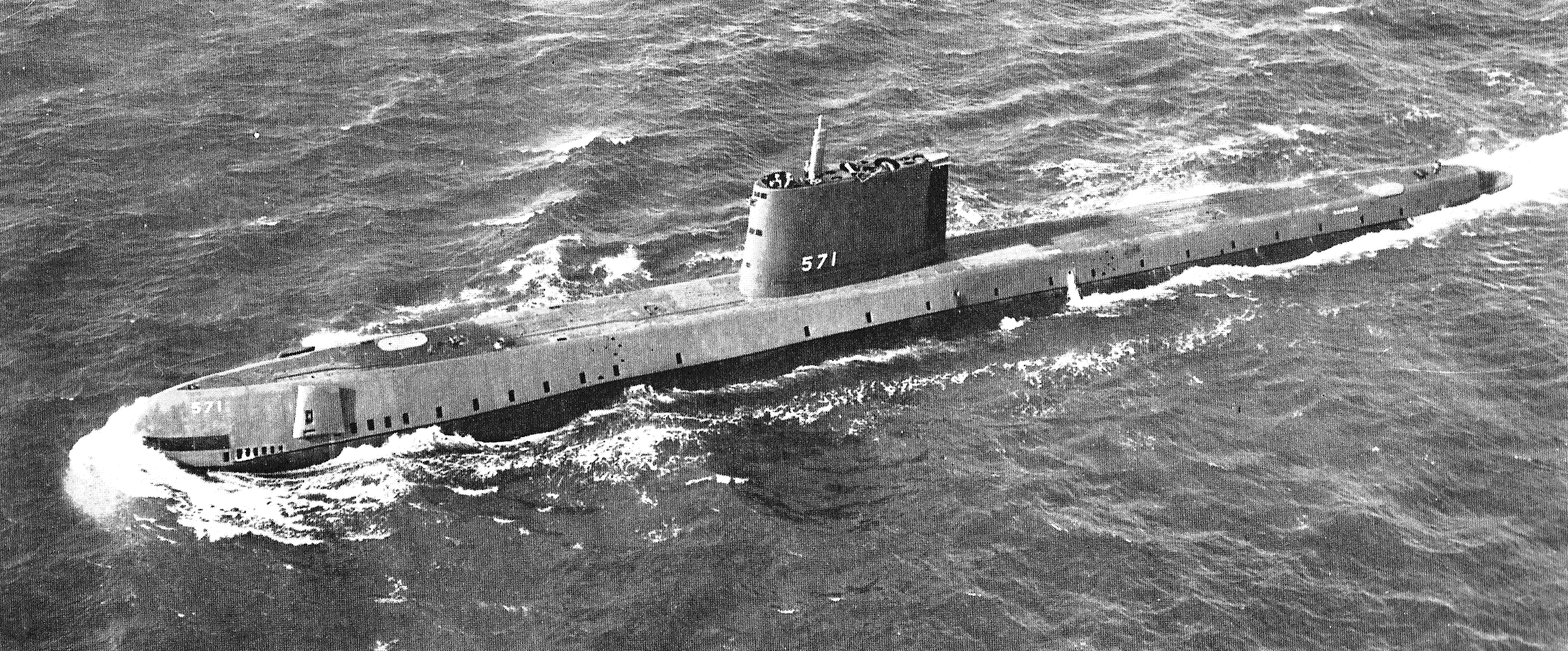
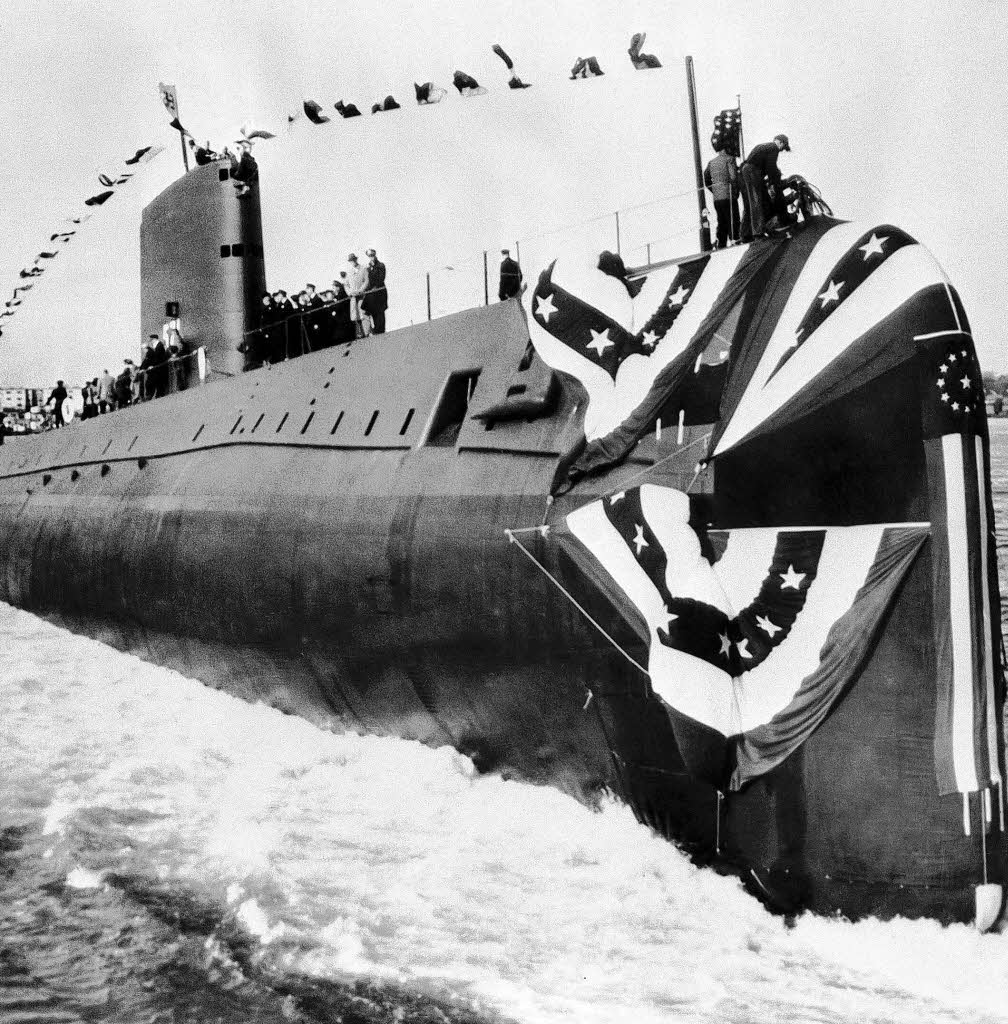

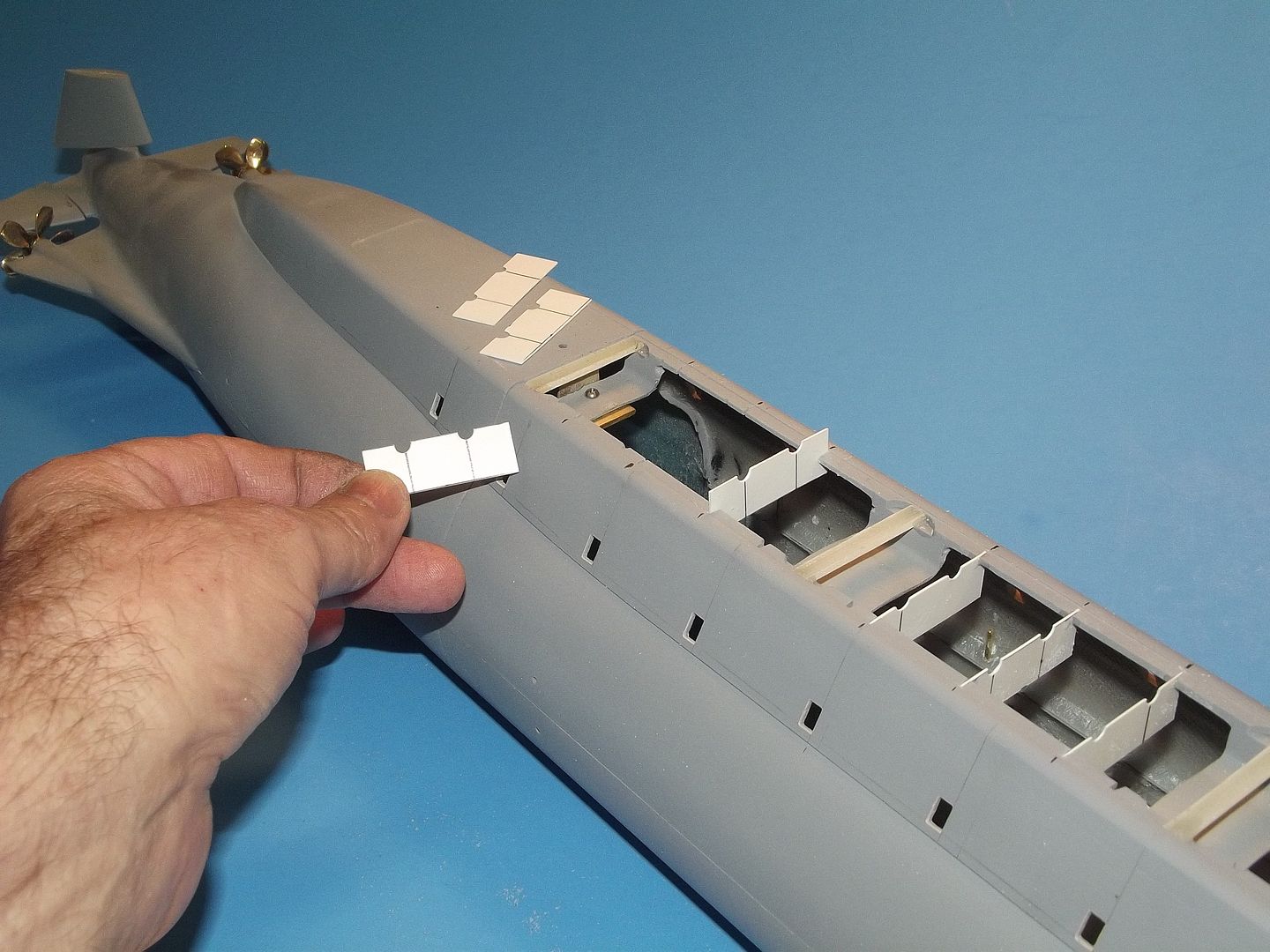
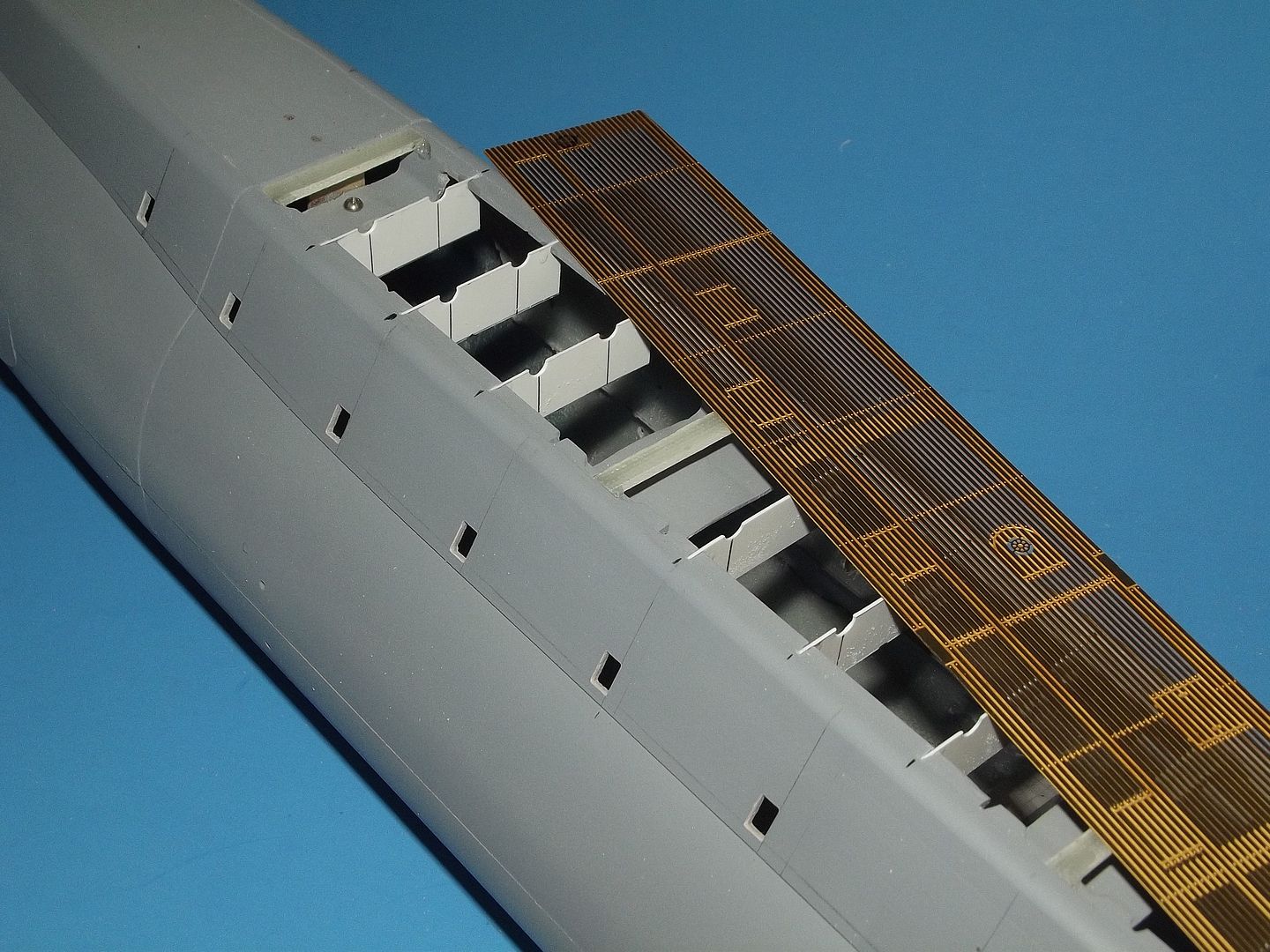
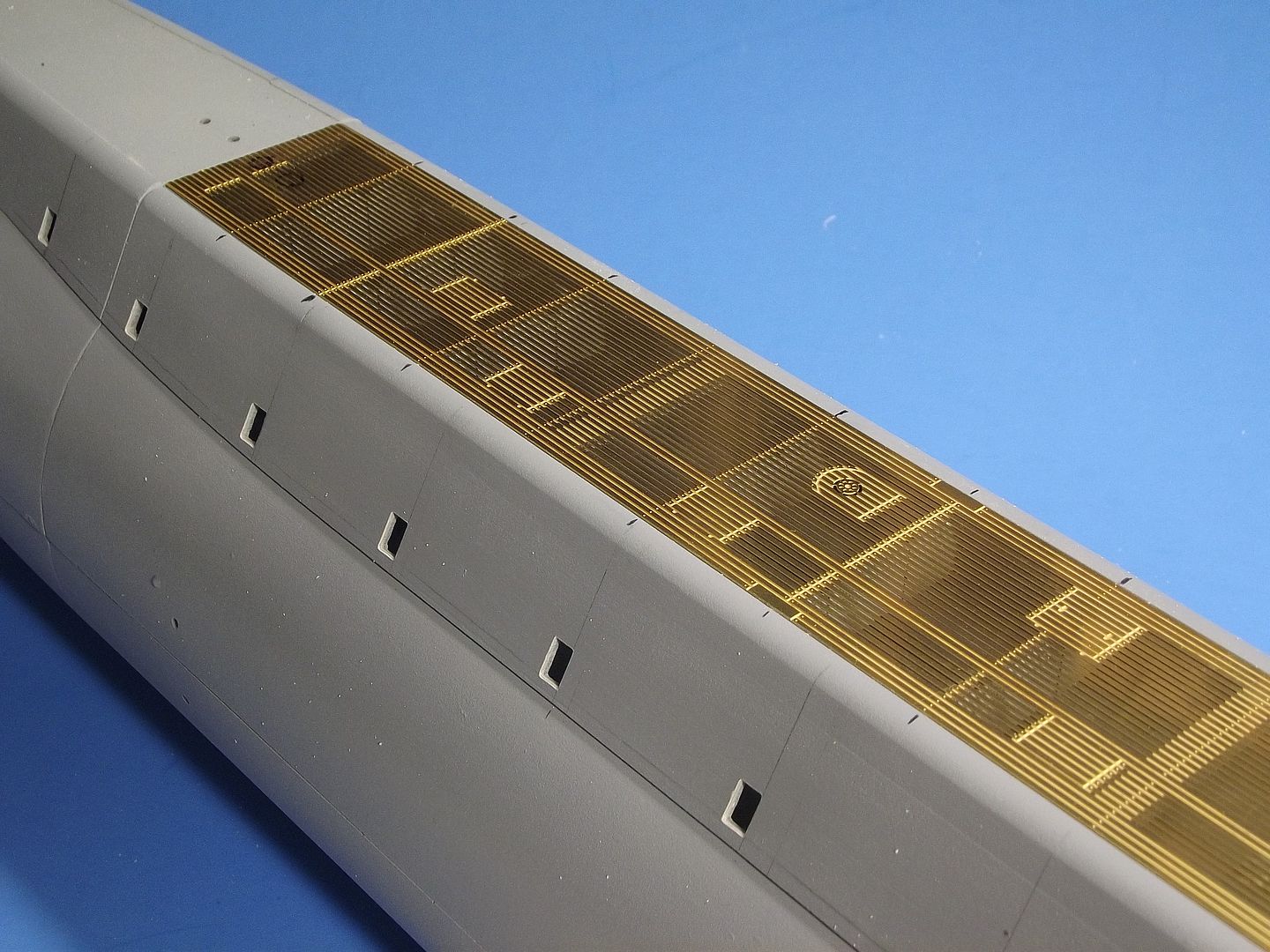
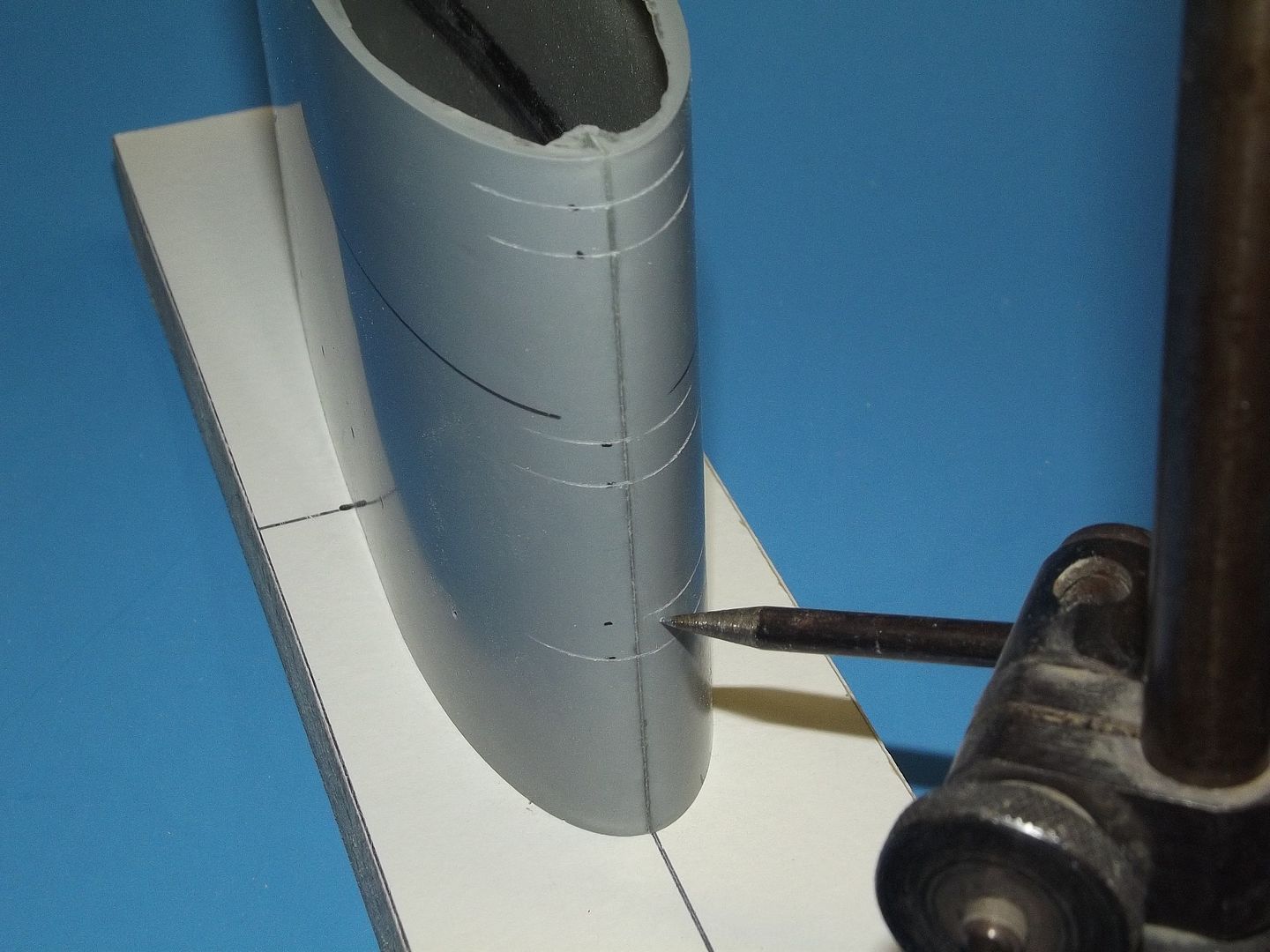
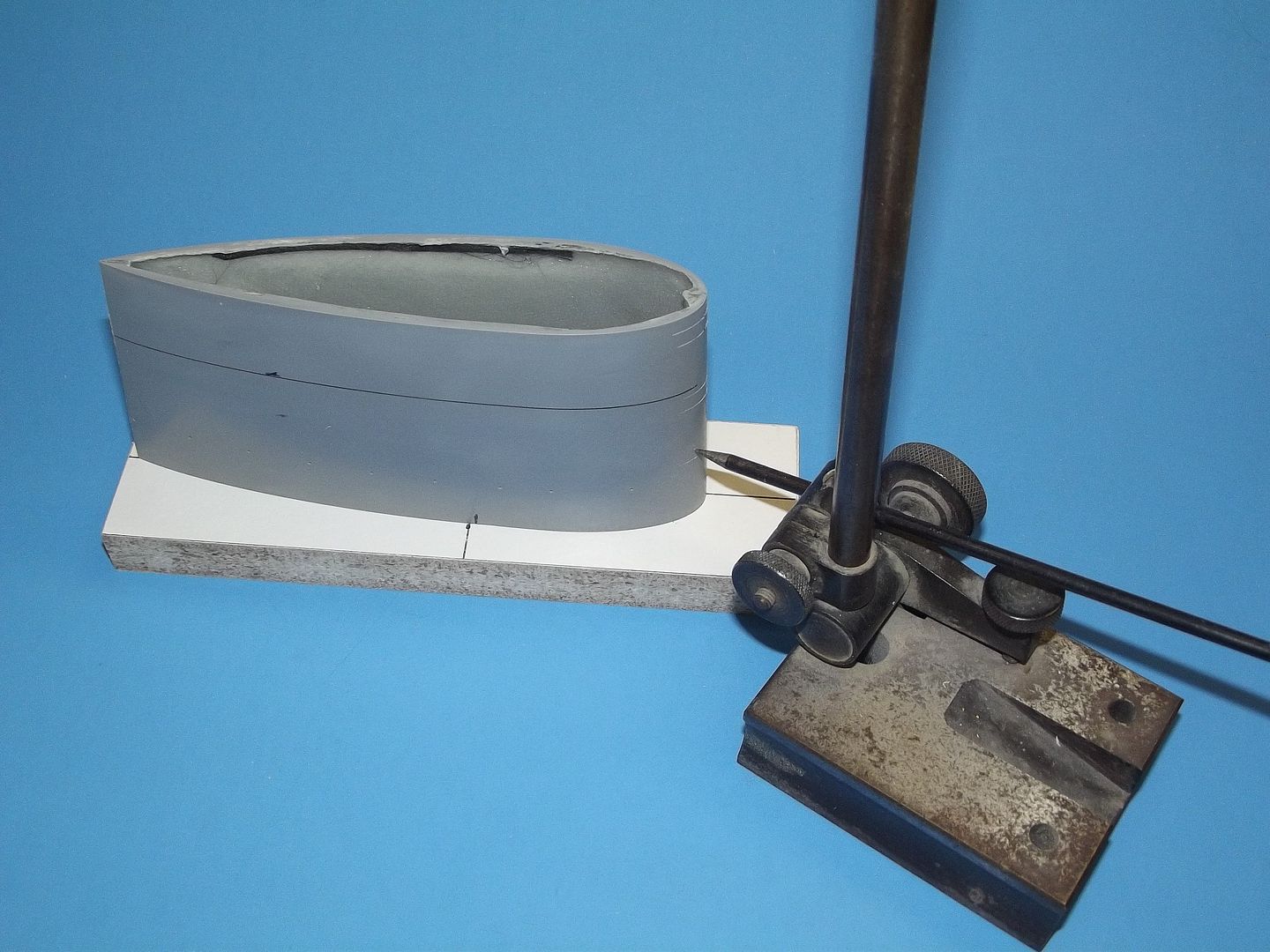
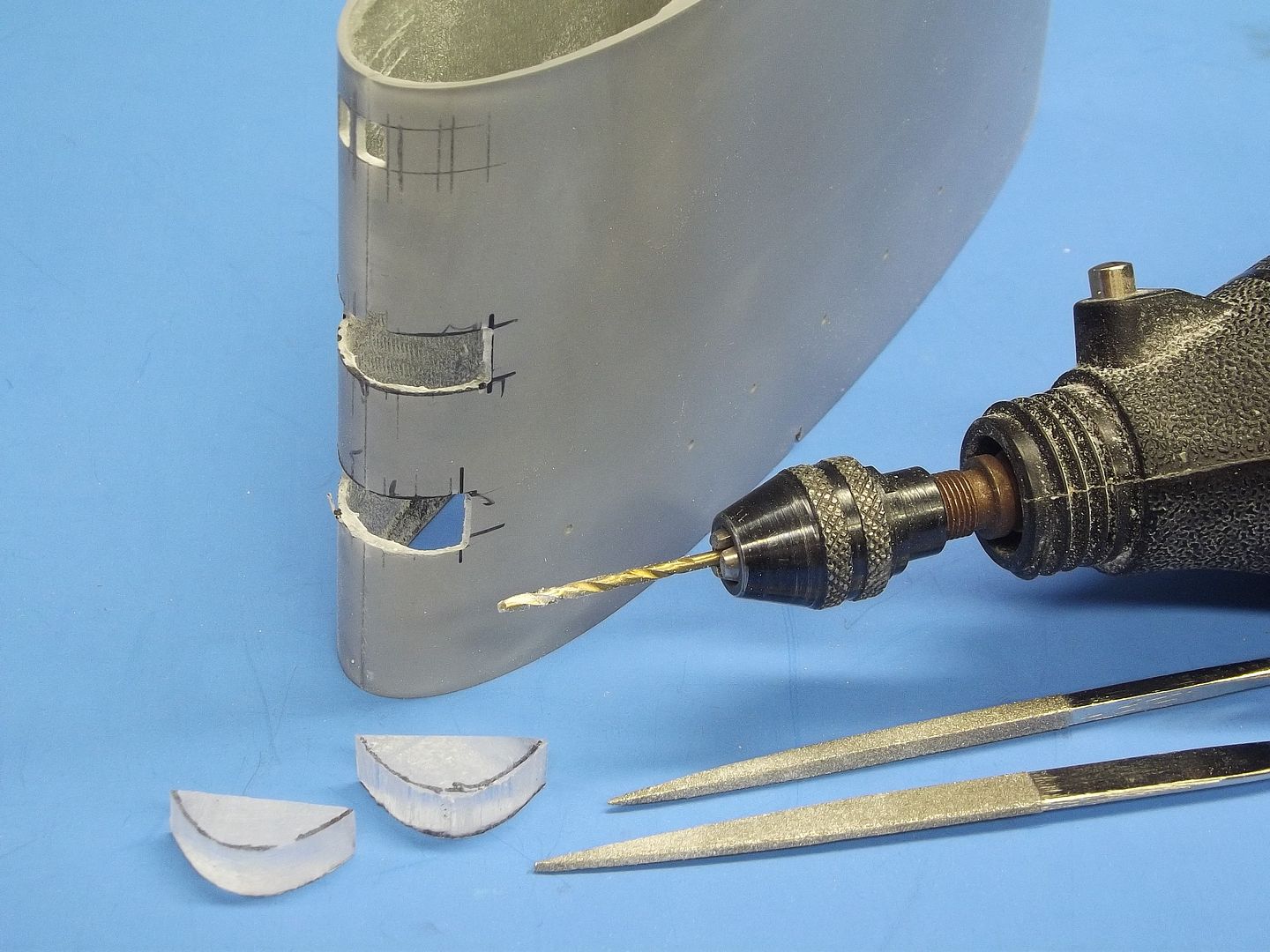
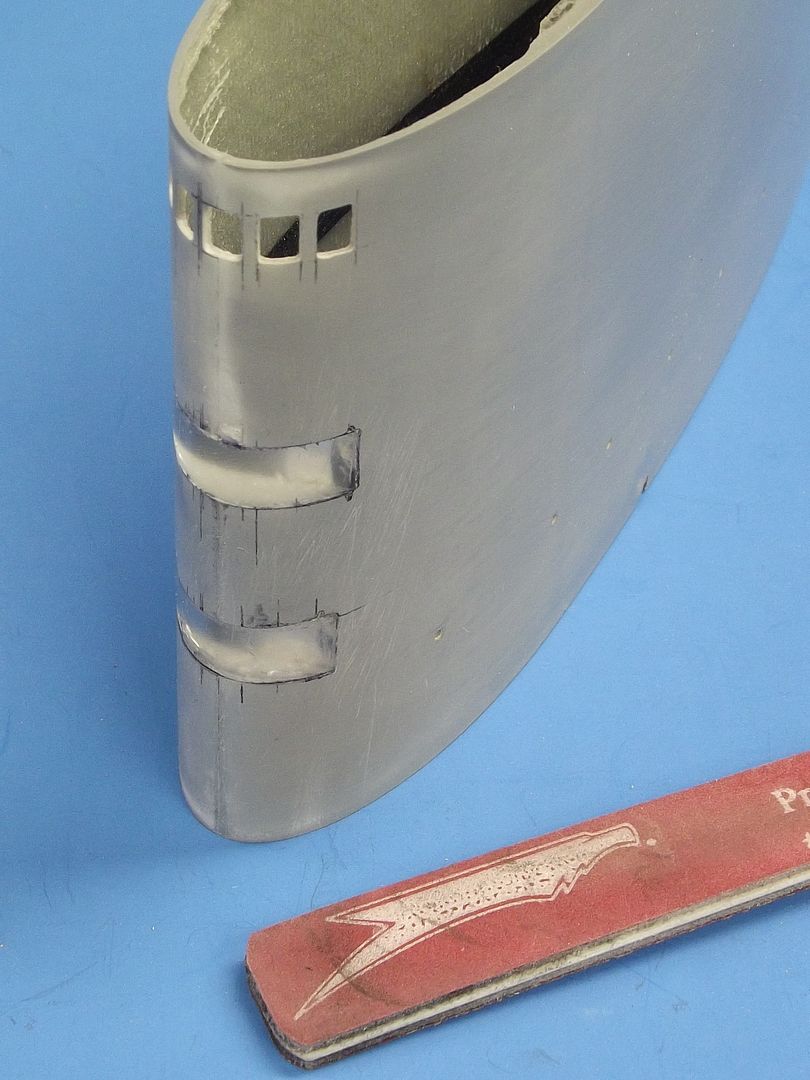
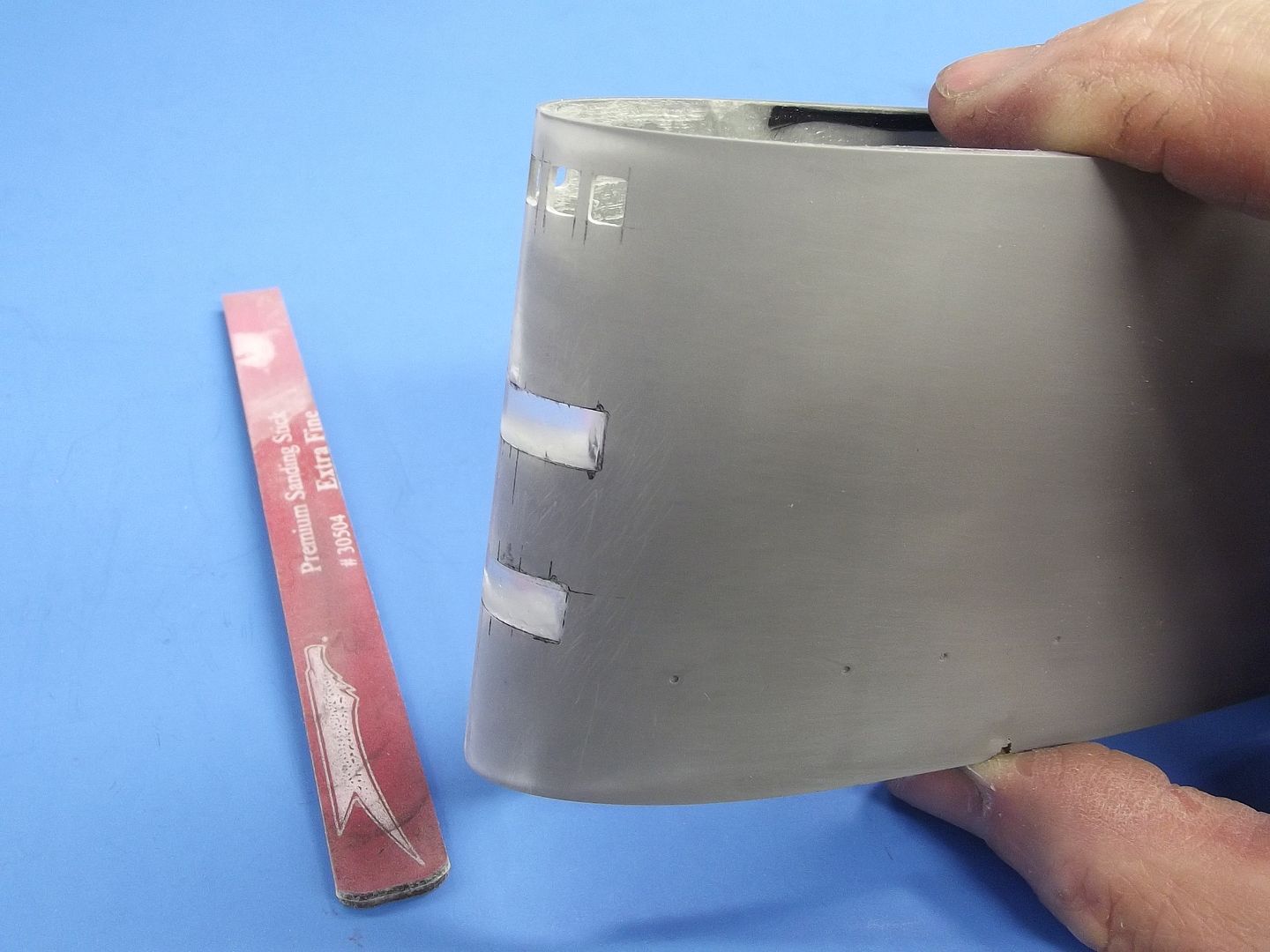
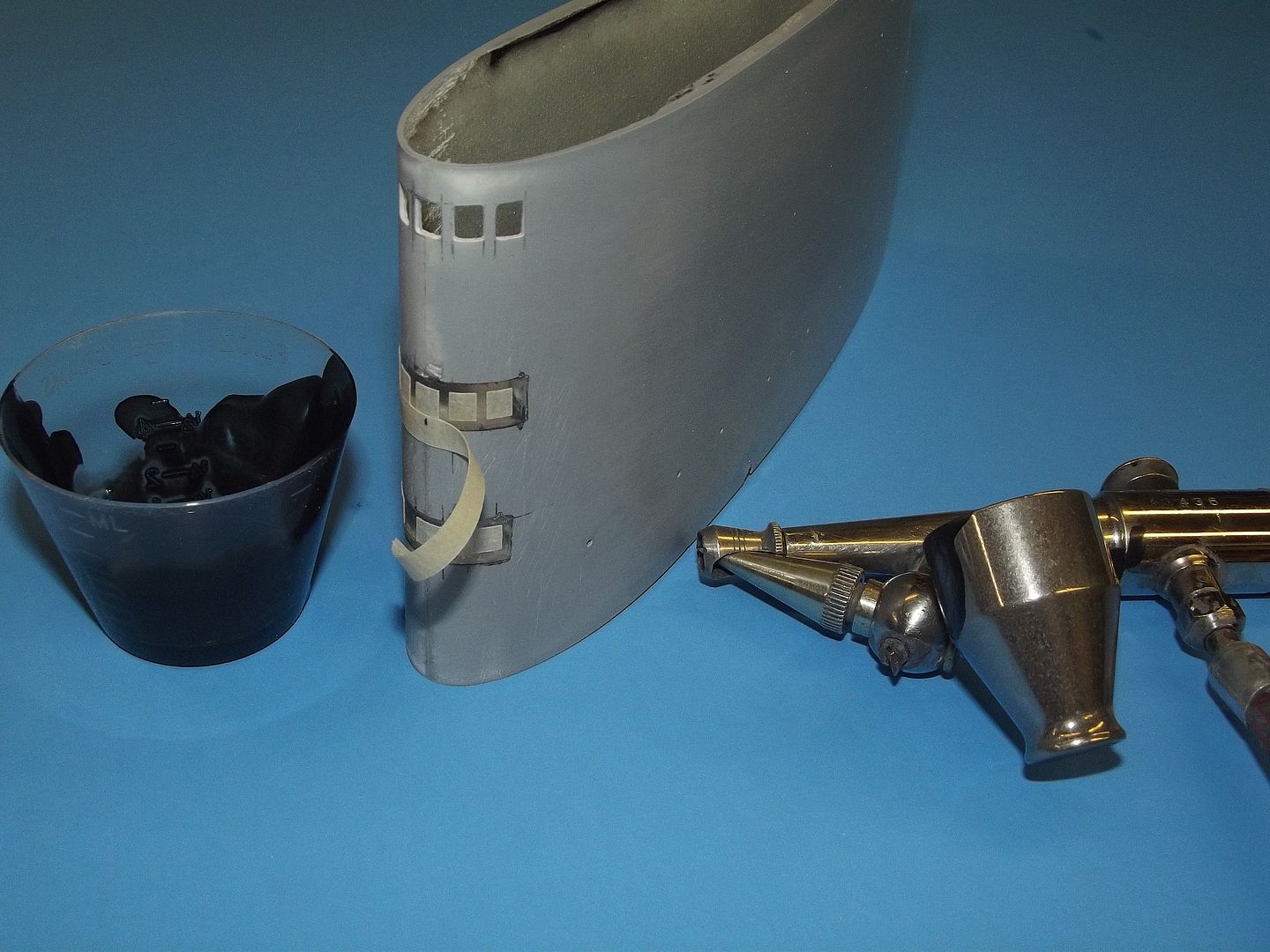
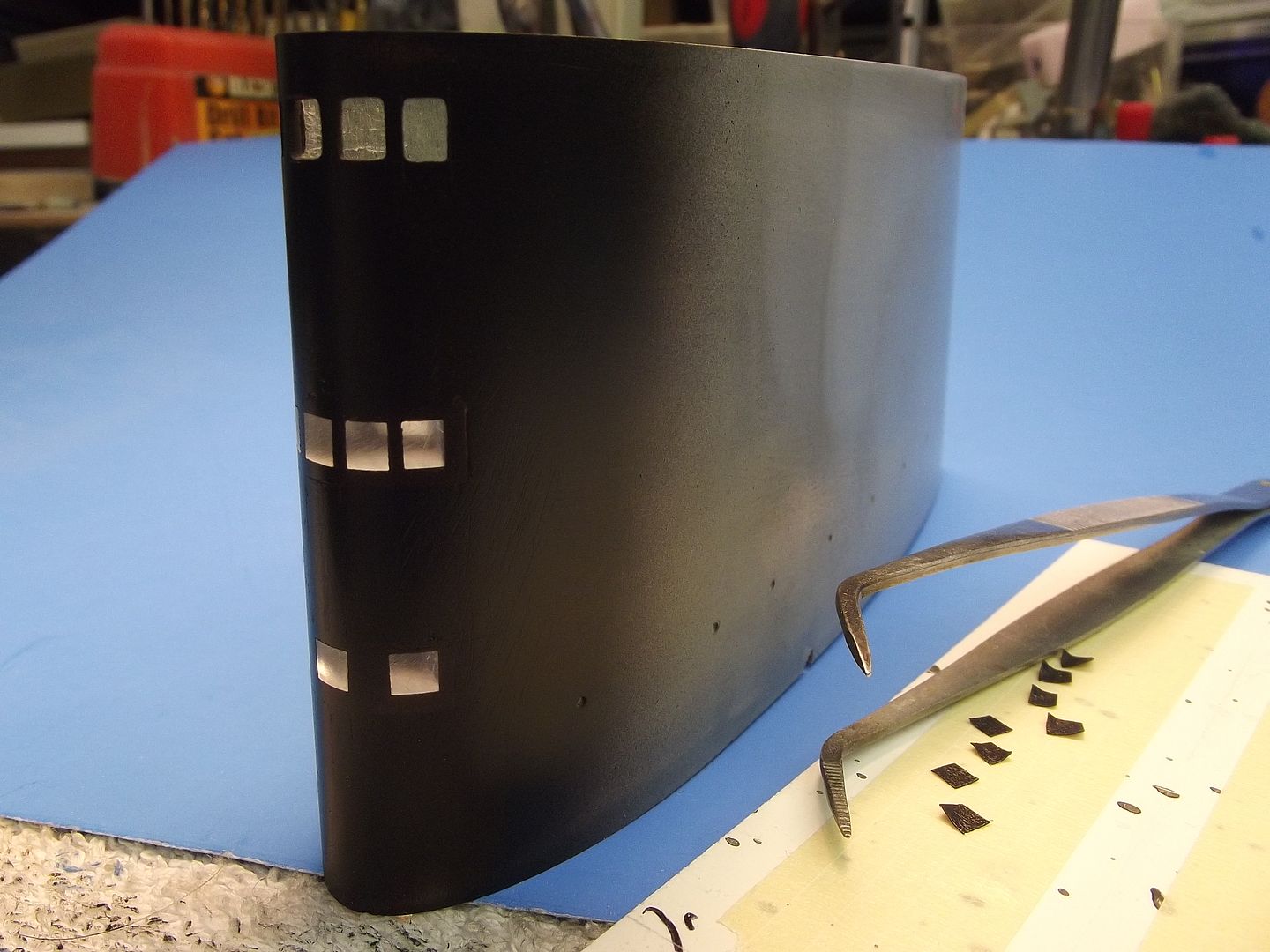
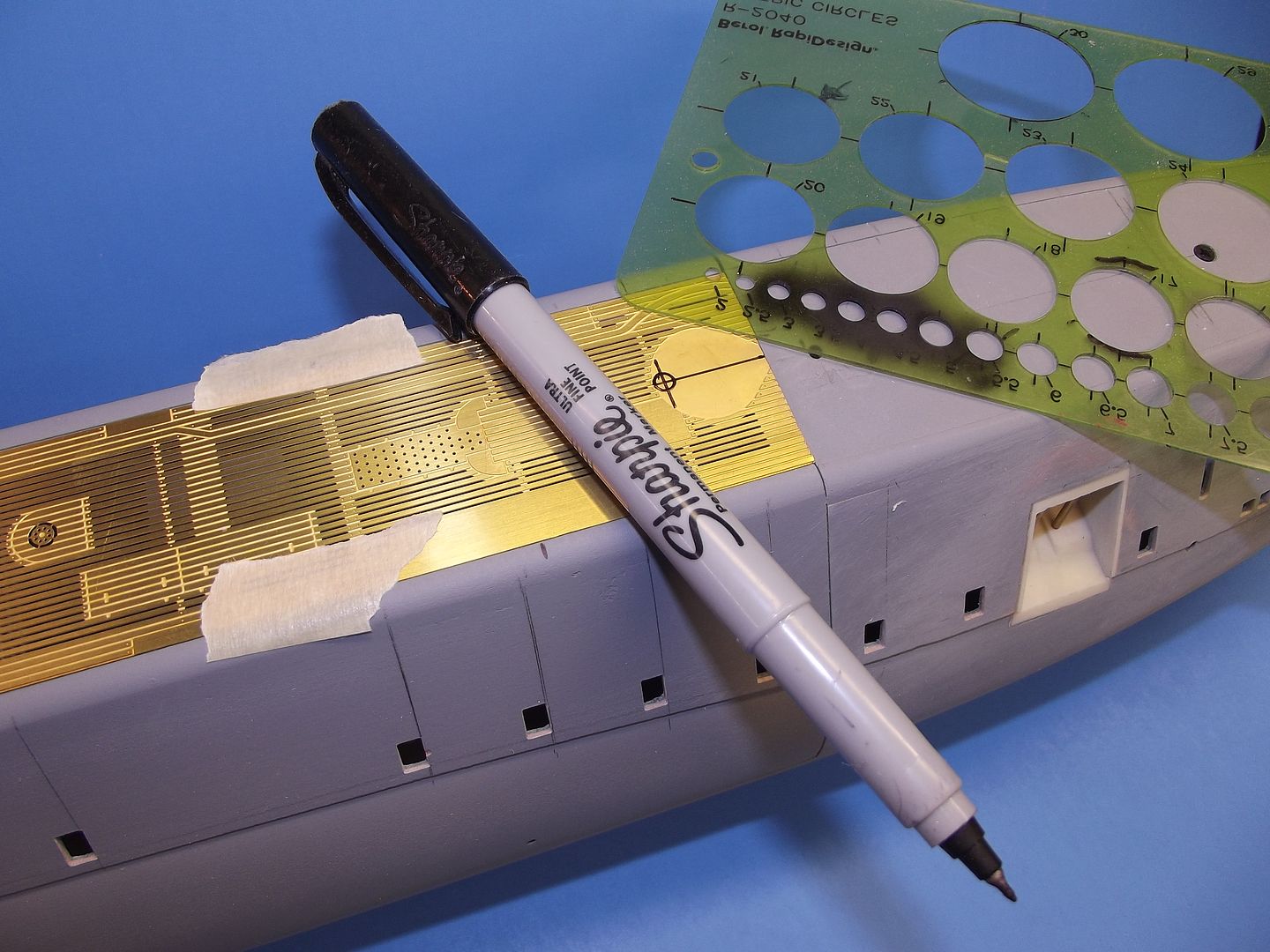
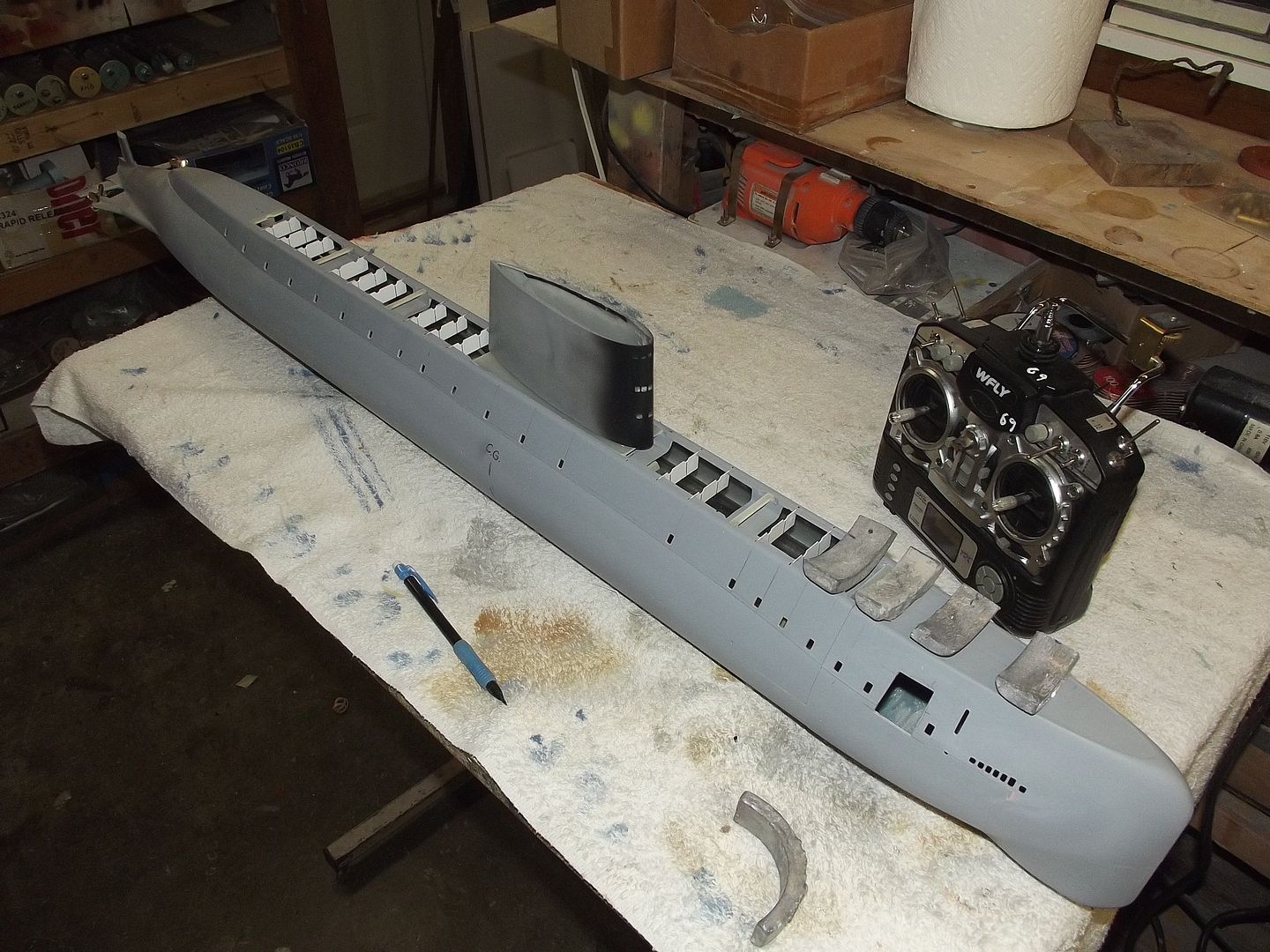
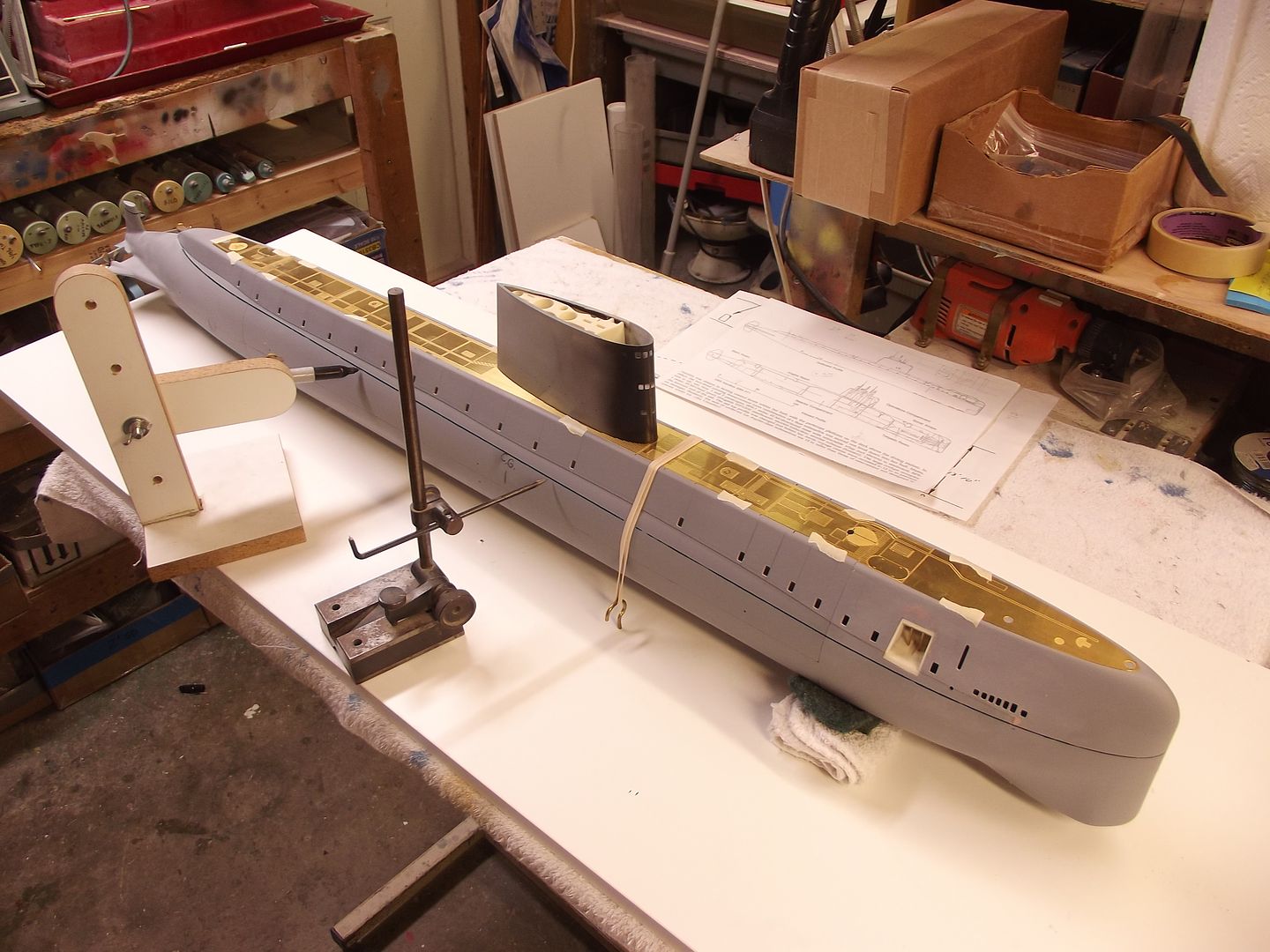
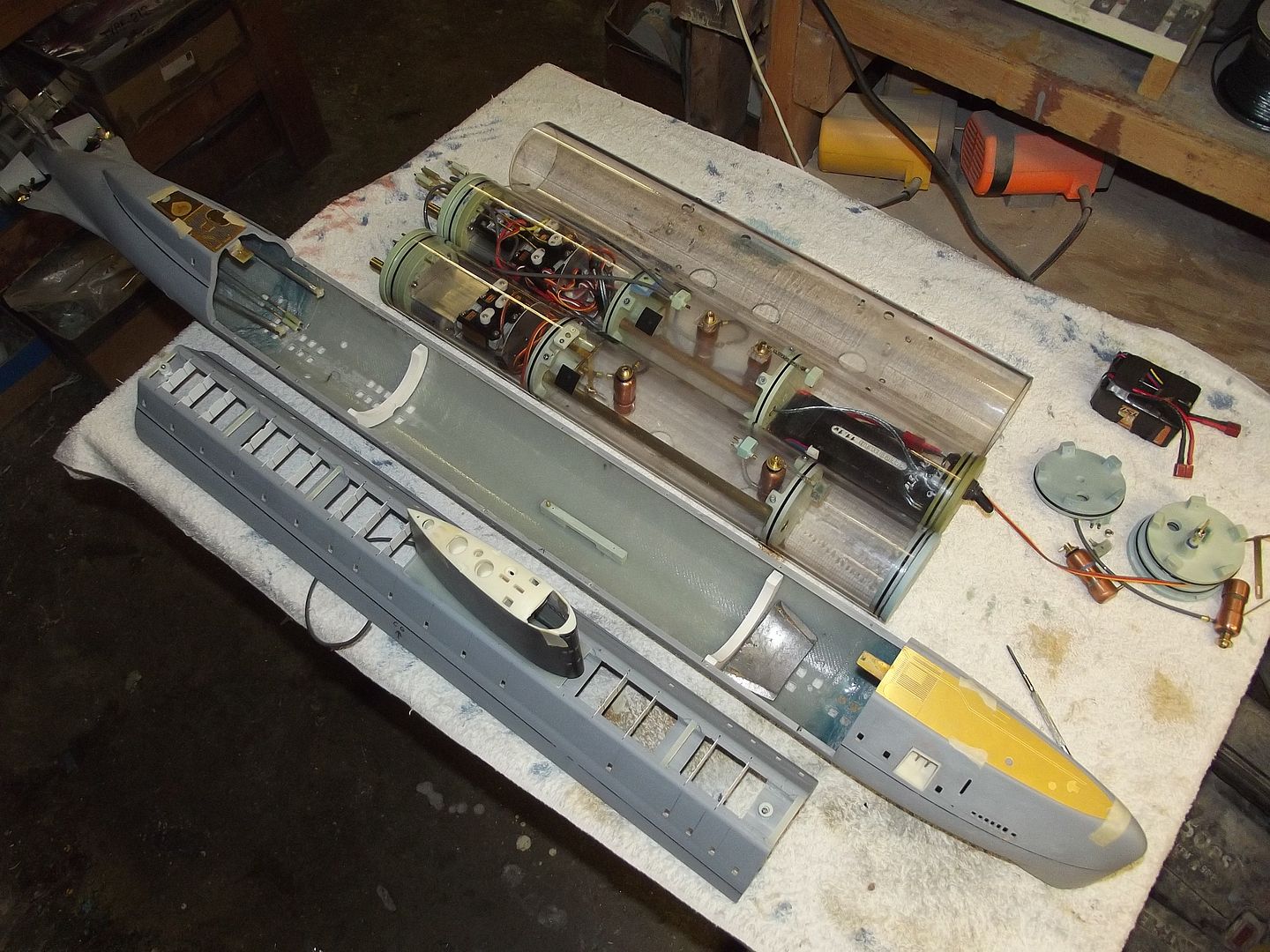
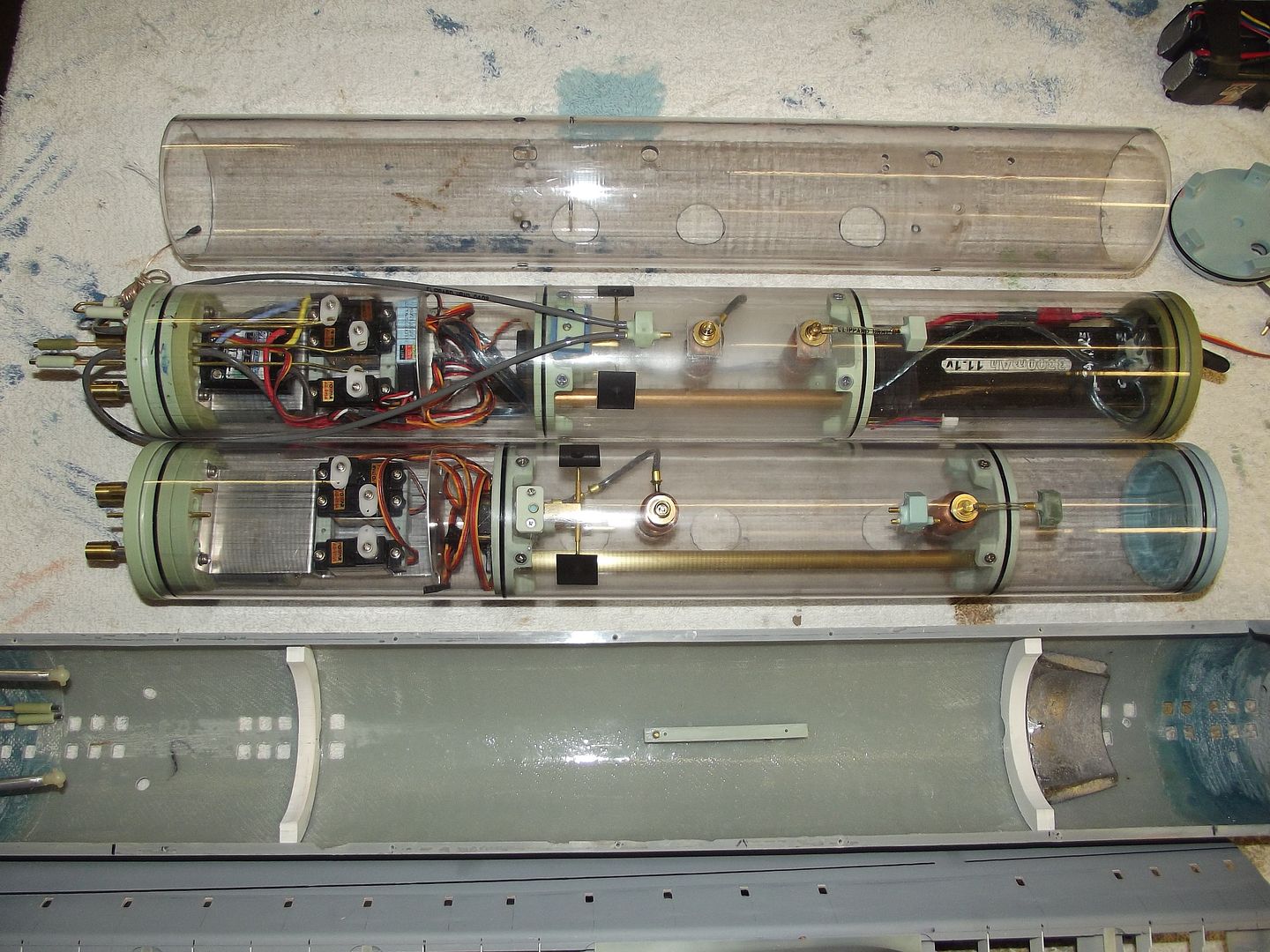
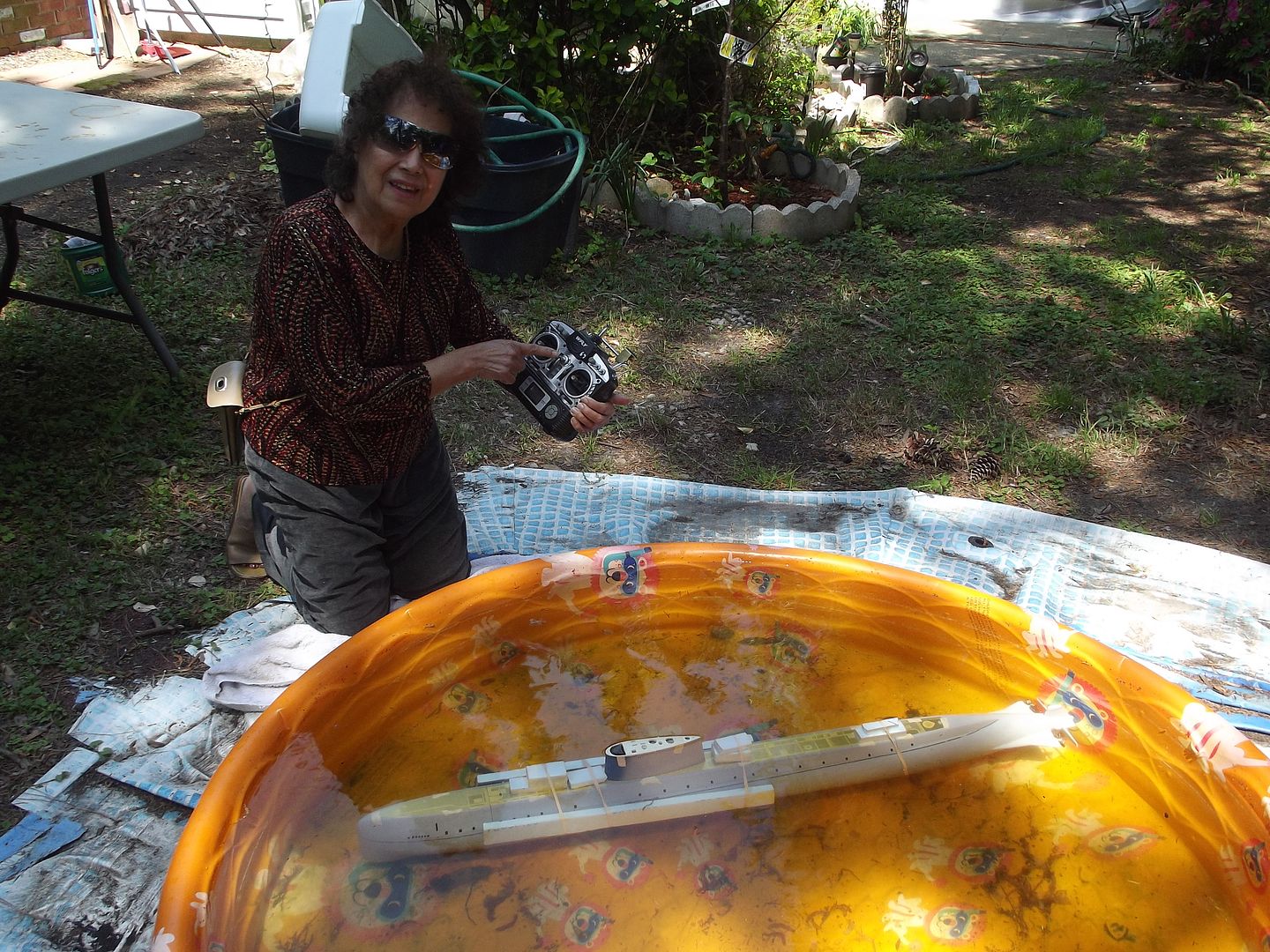
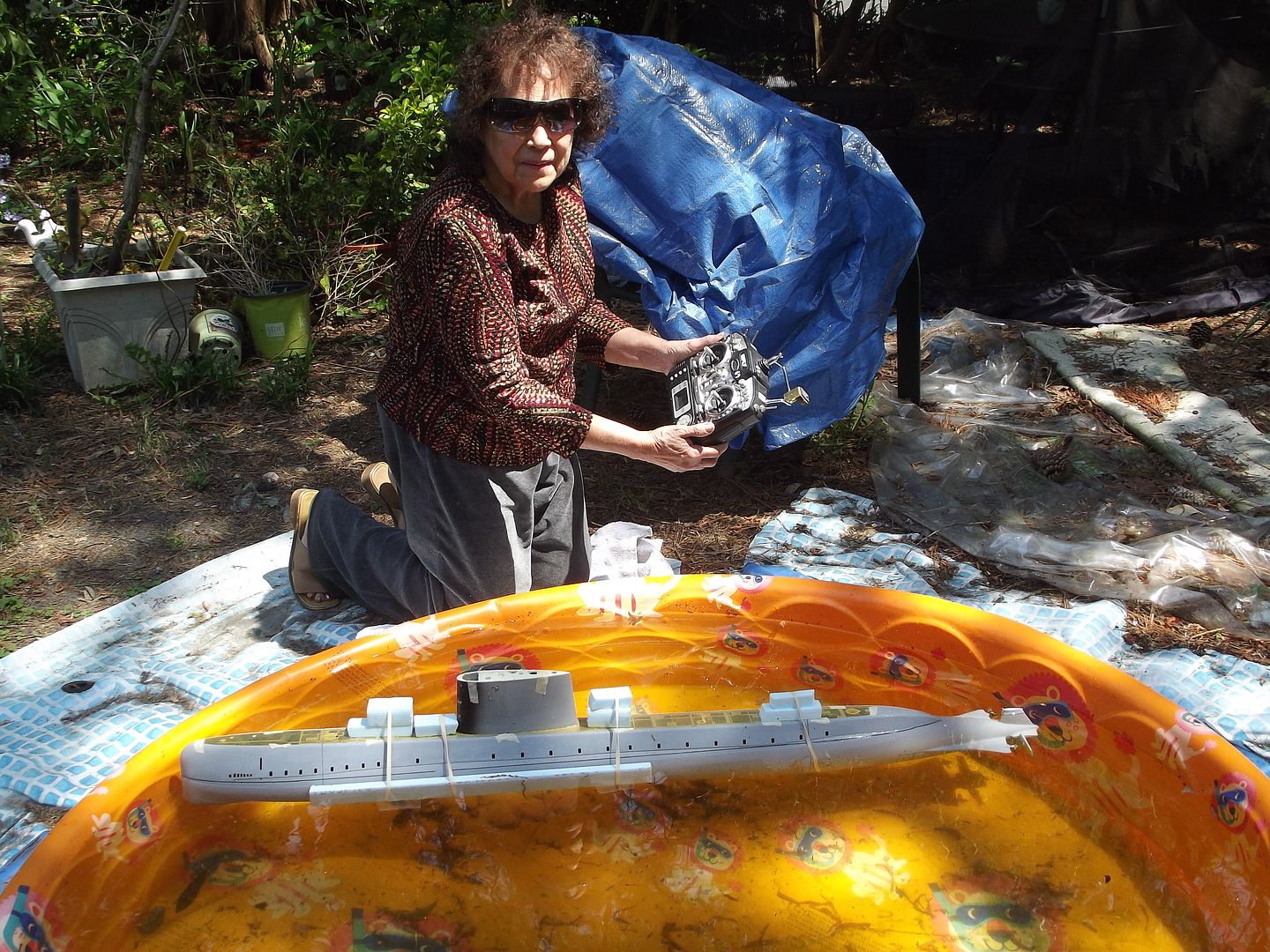
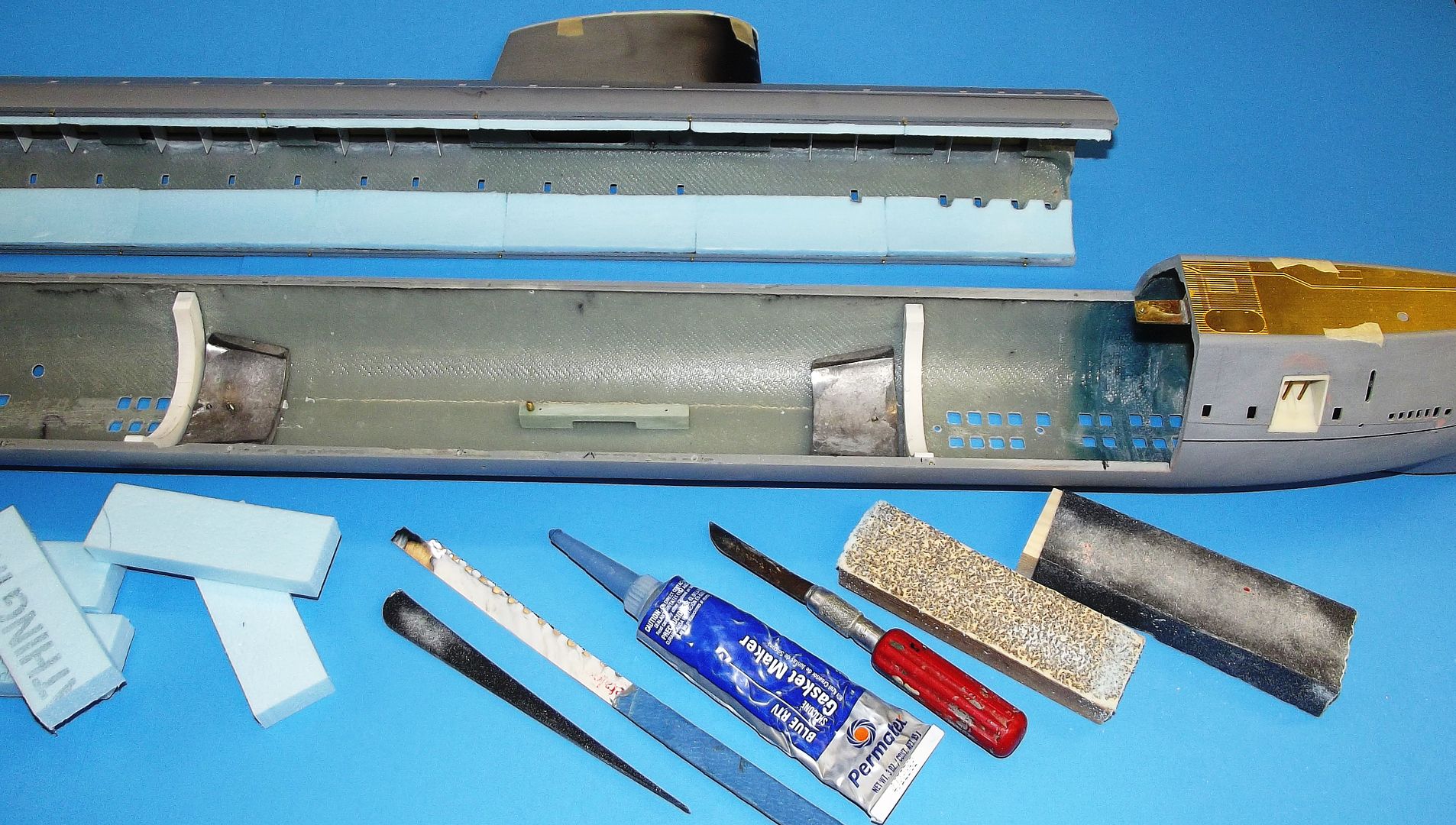
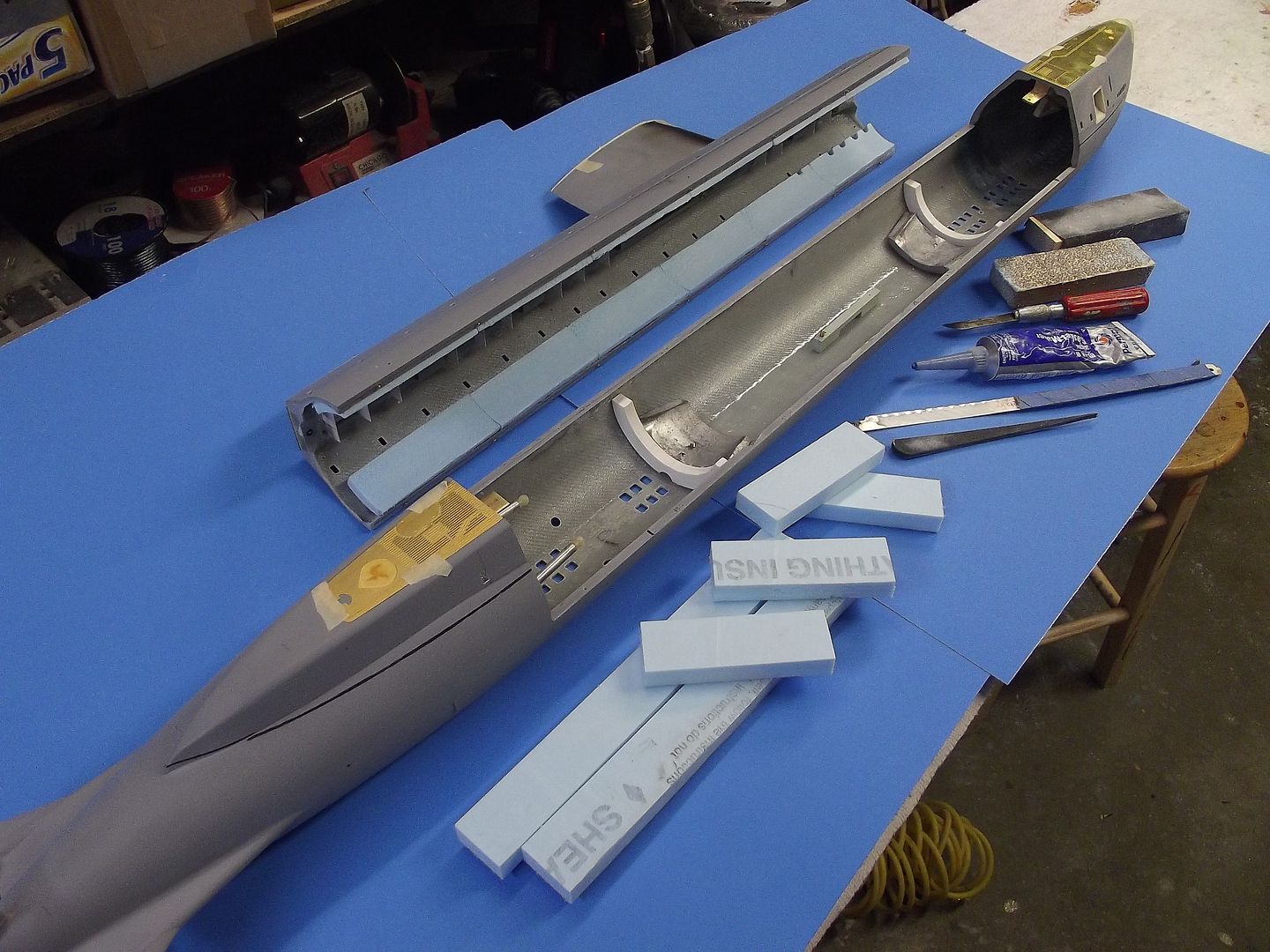

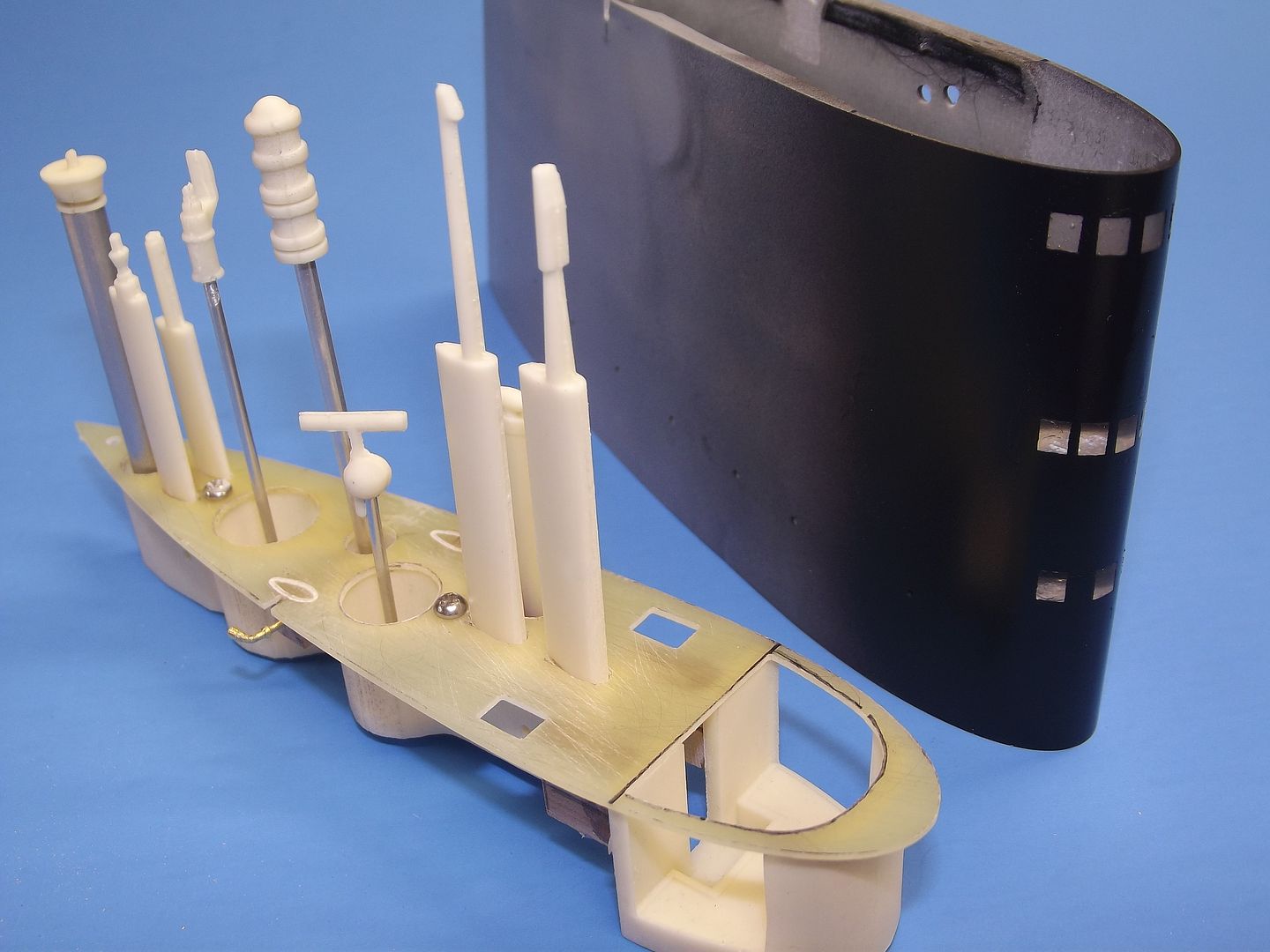
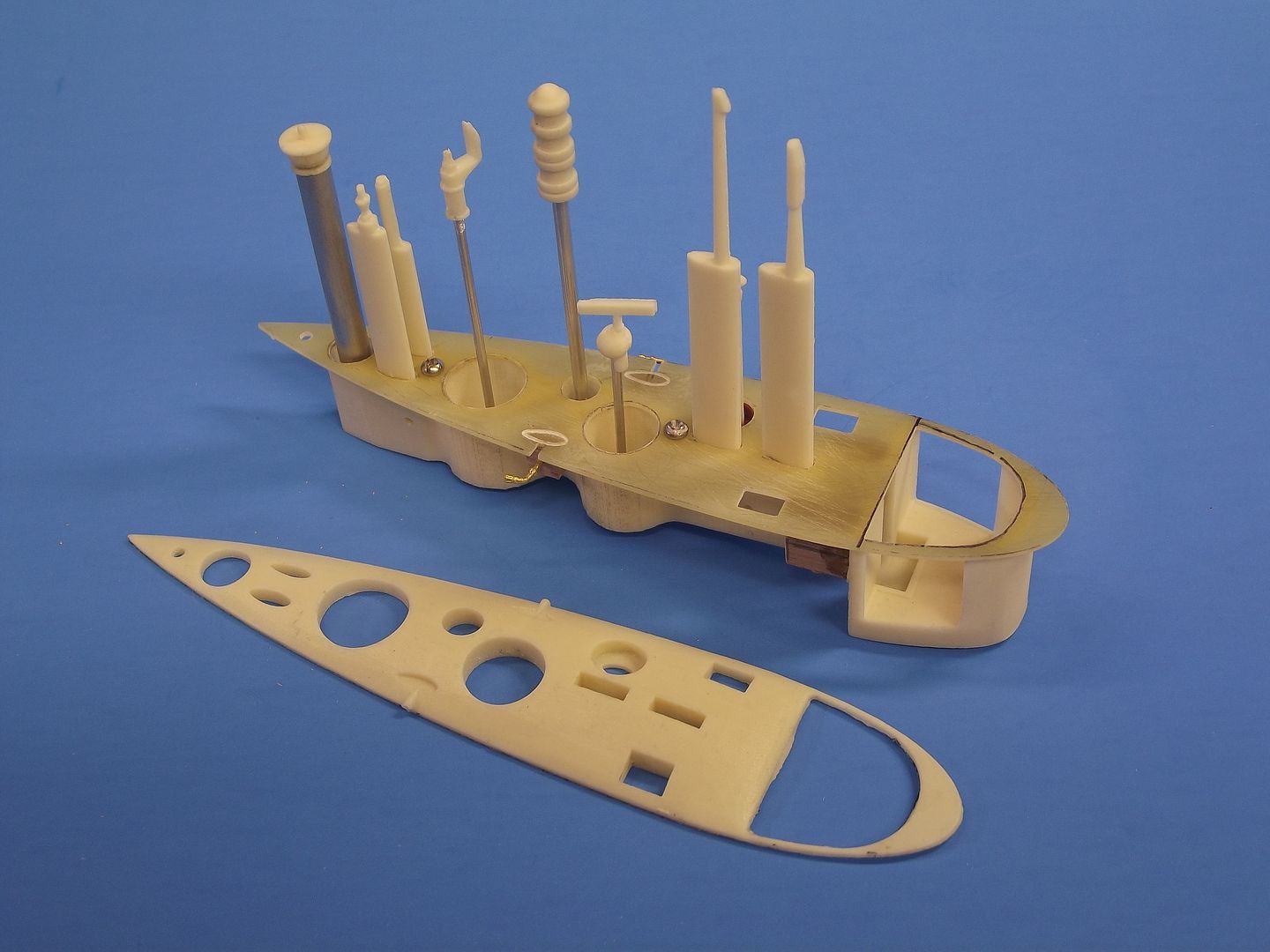
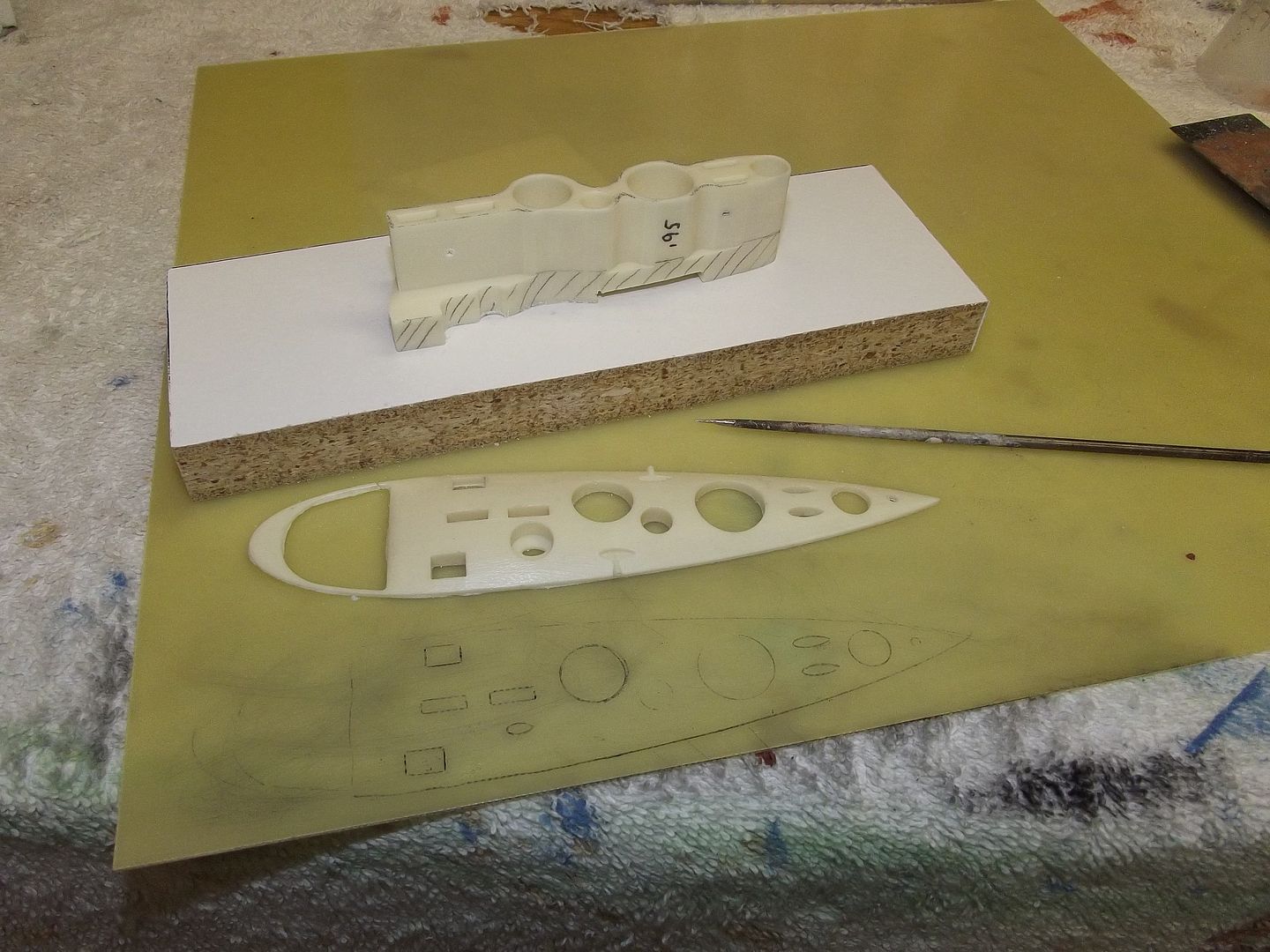
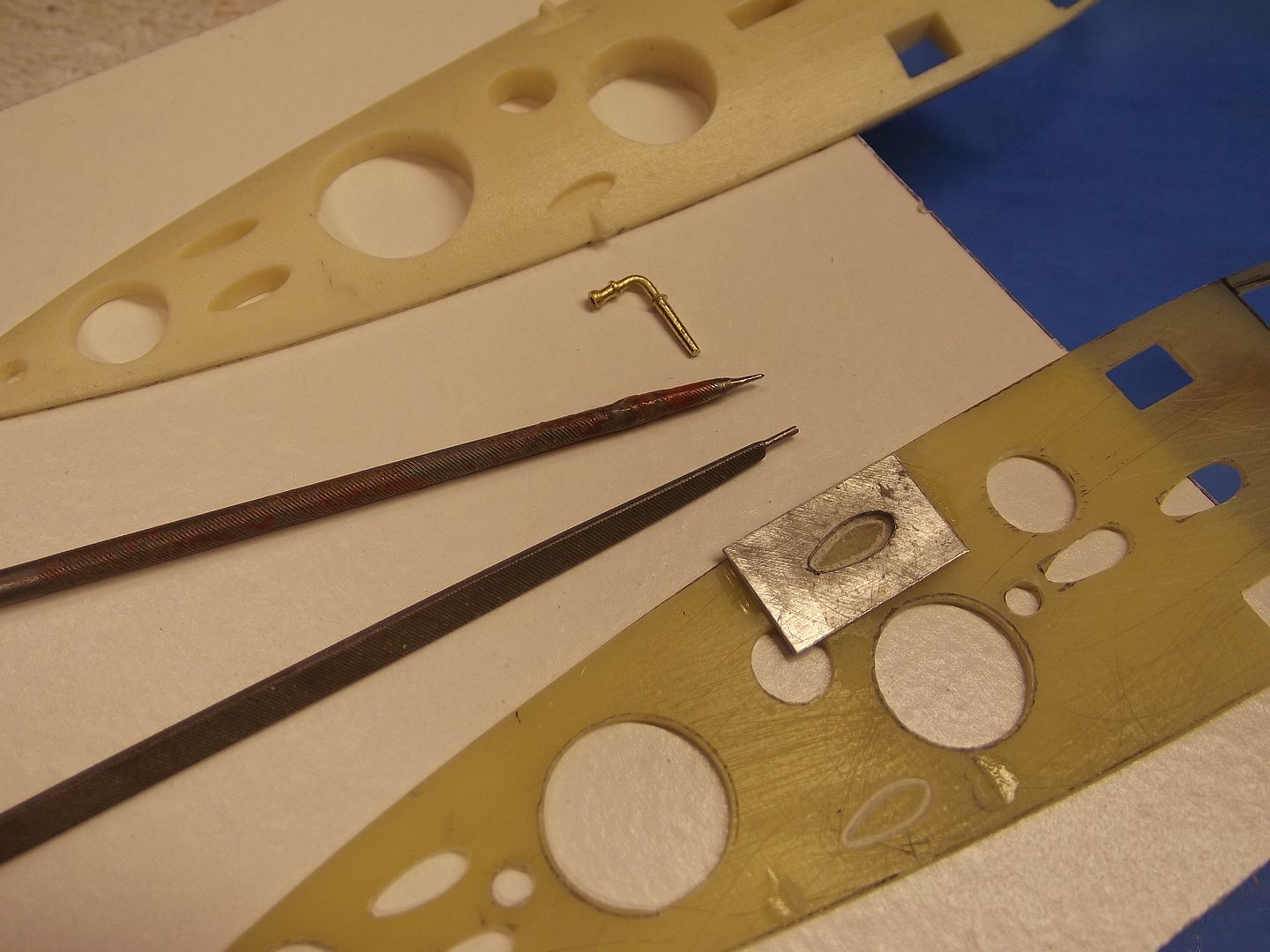
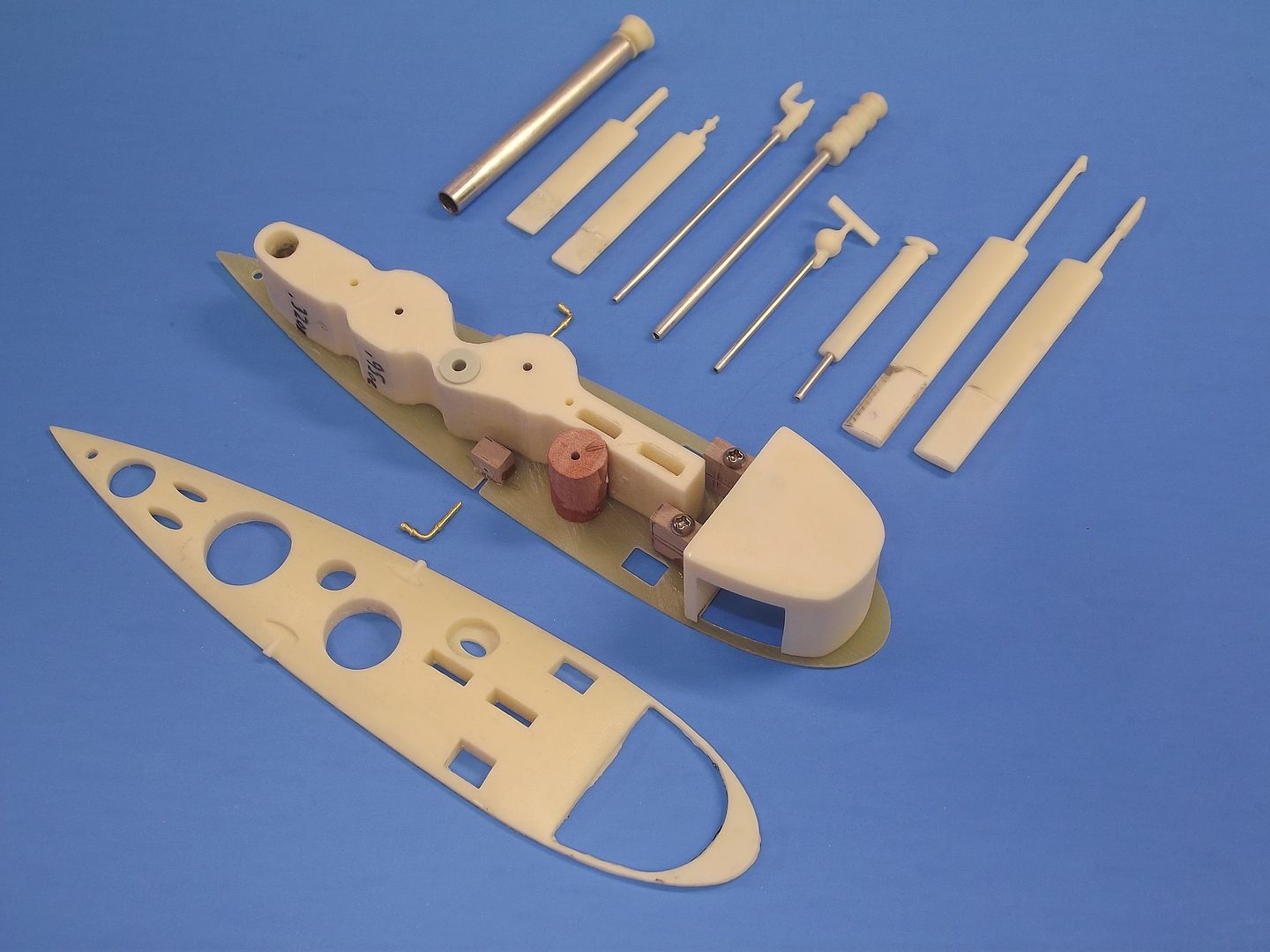
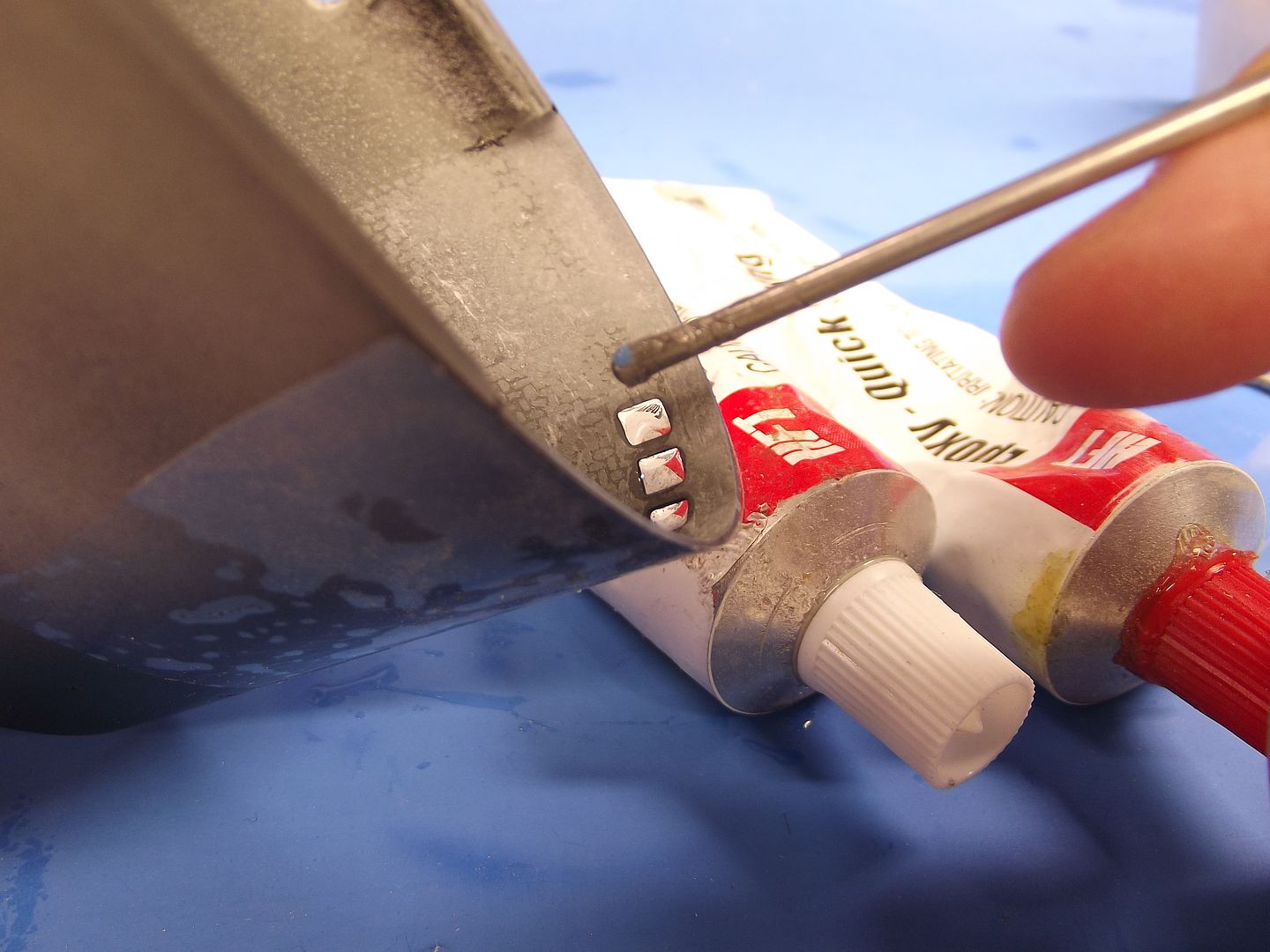
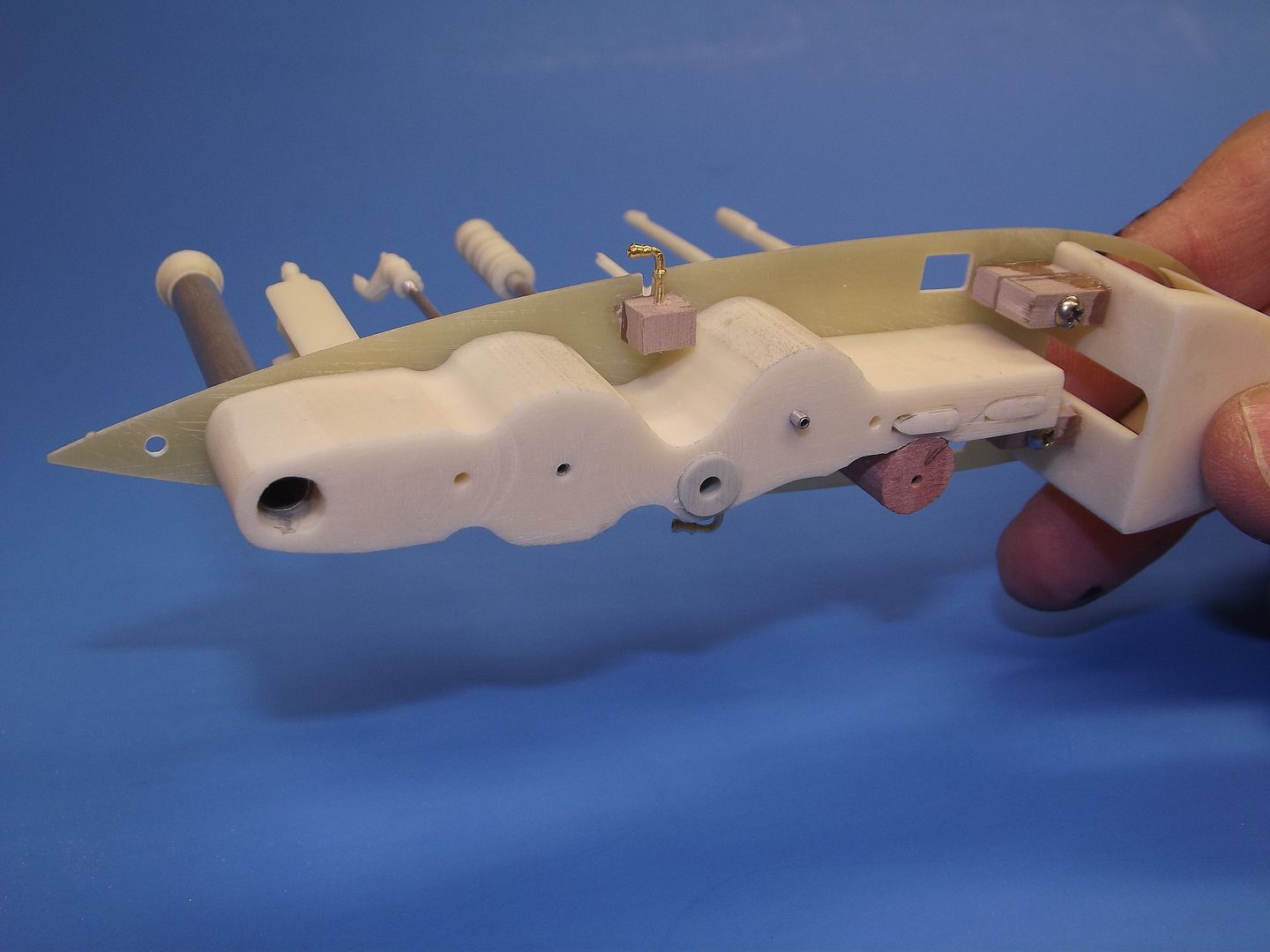
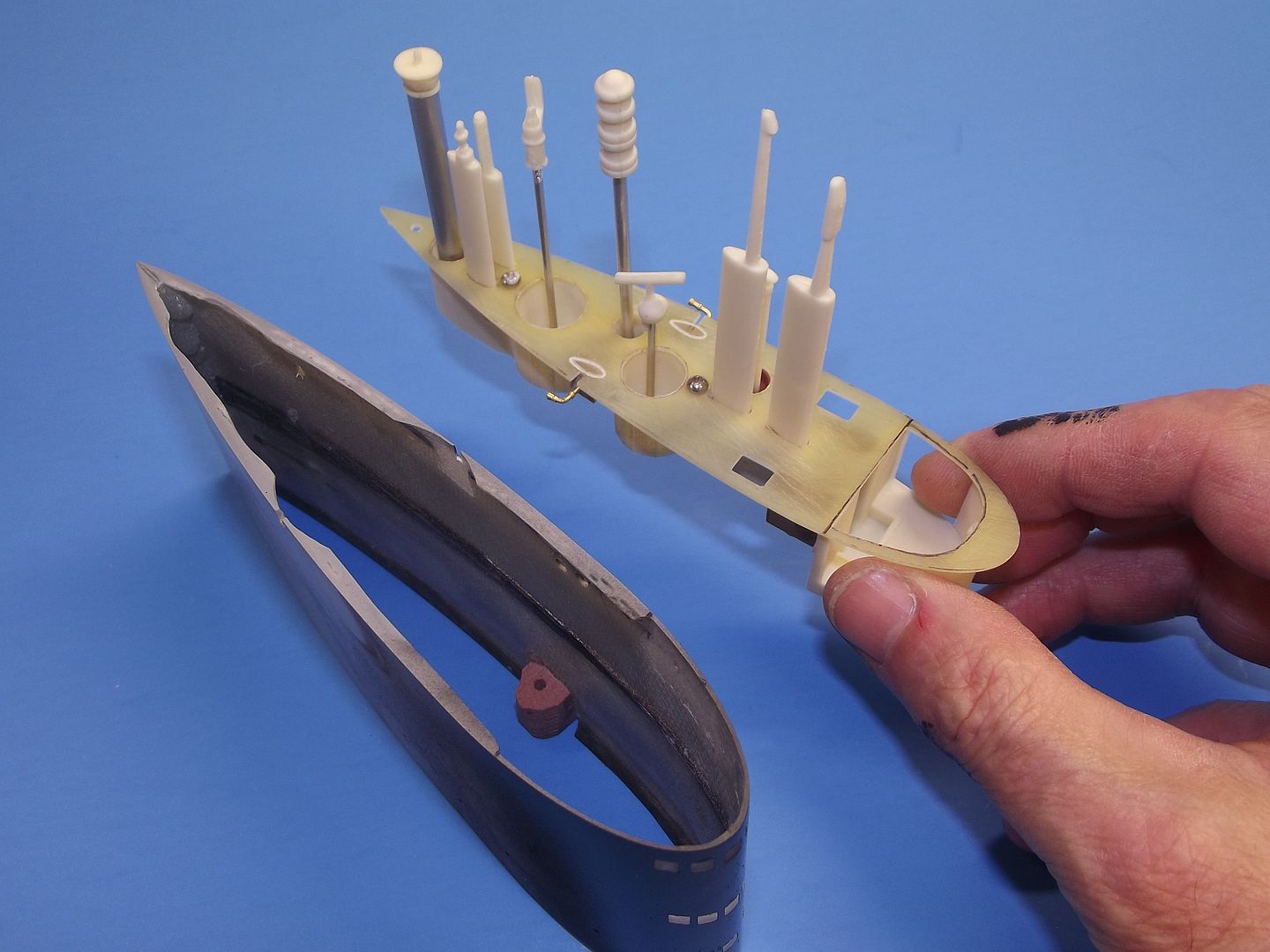
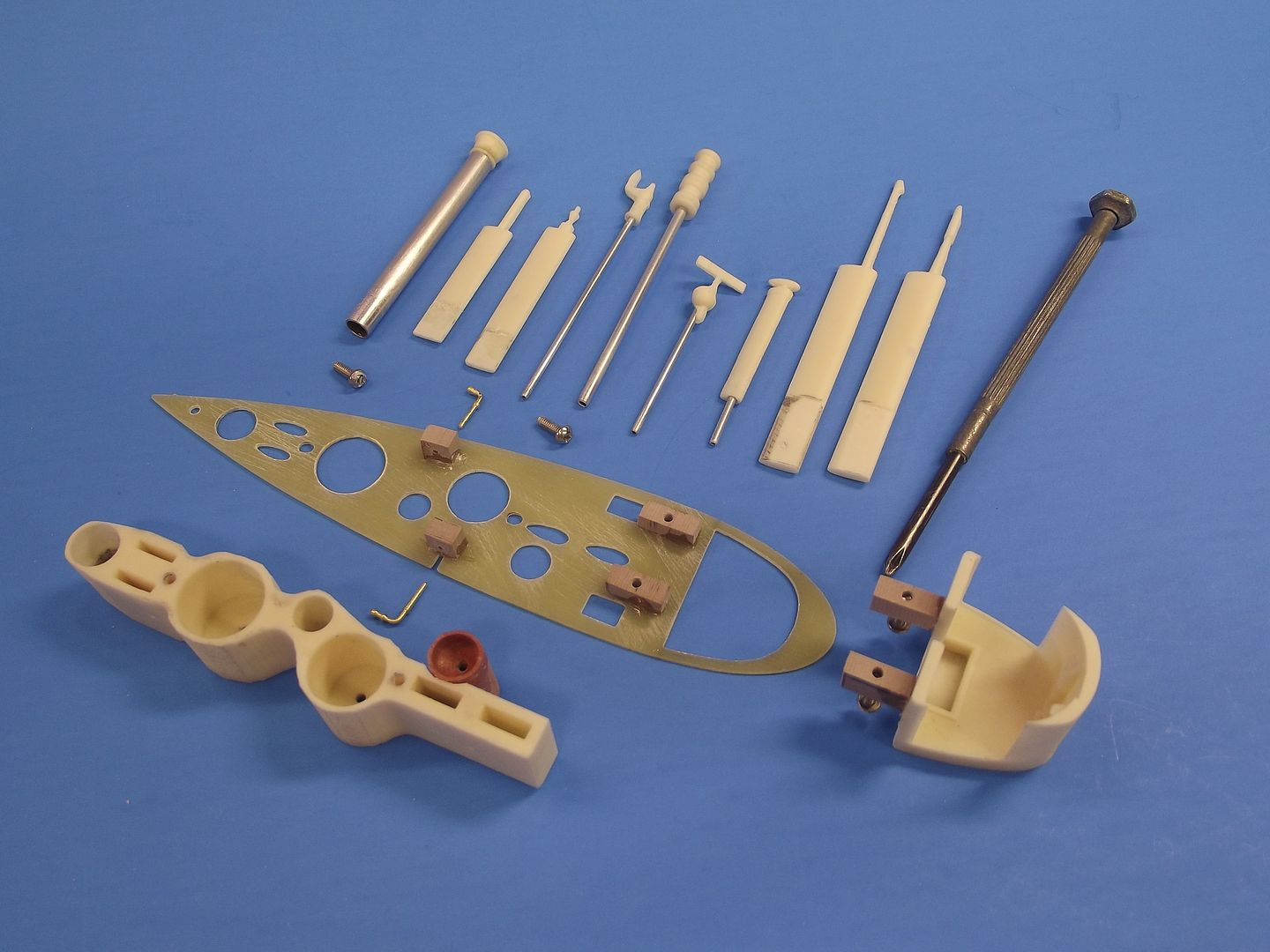
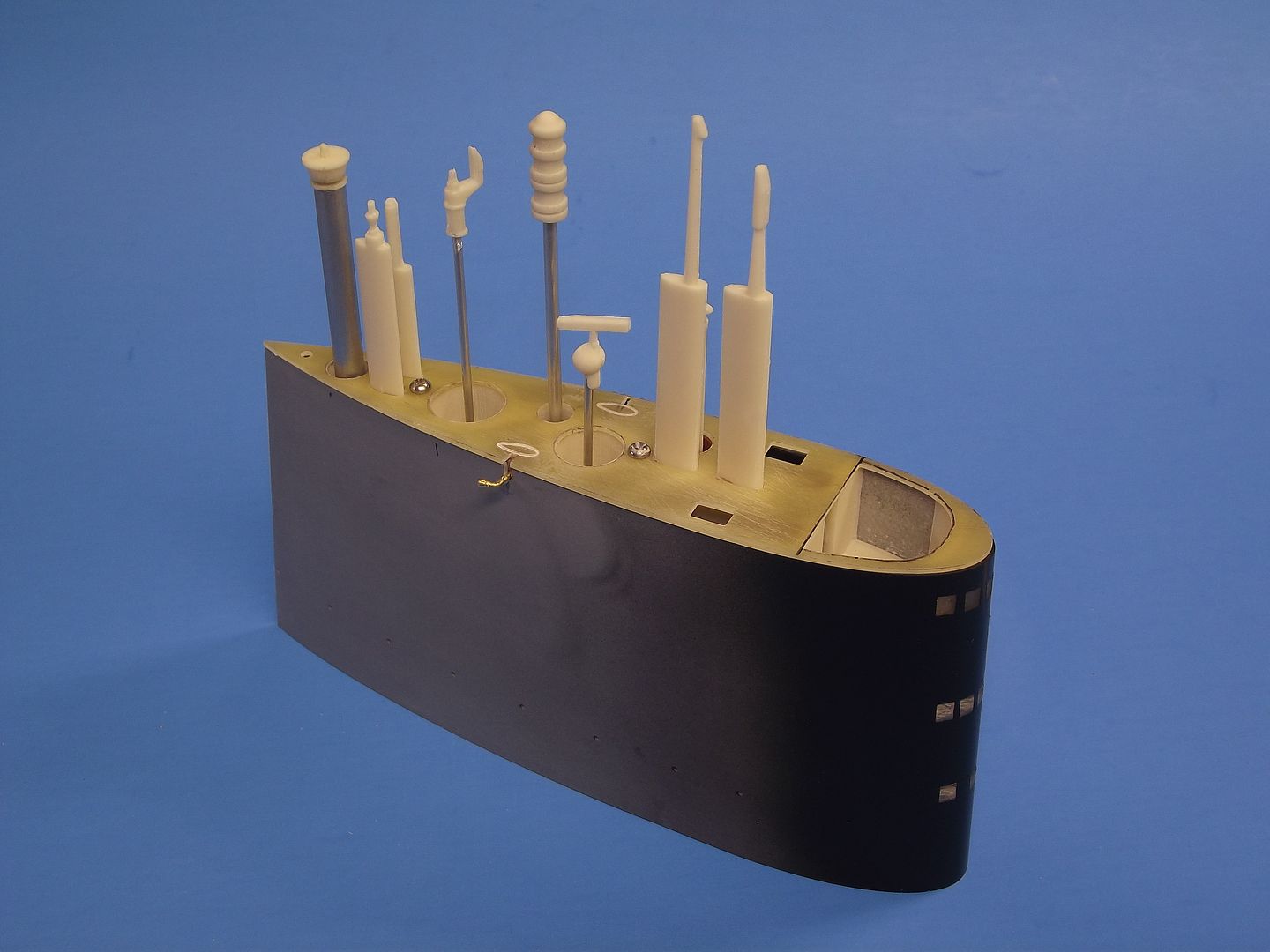
Comment